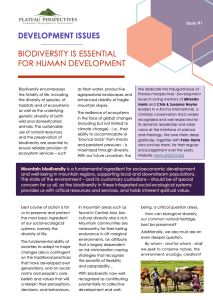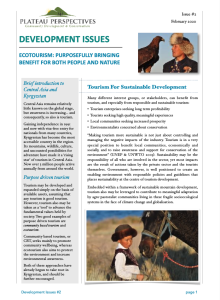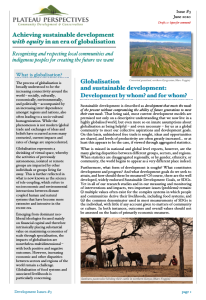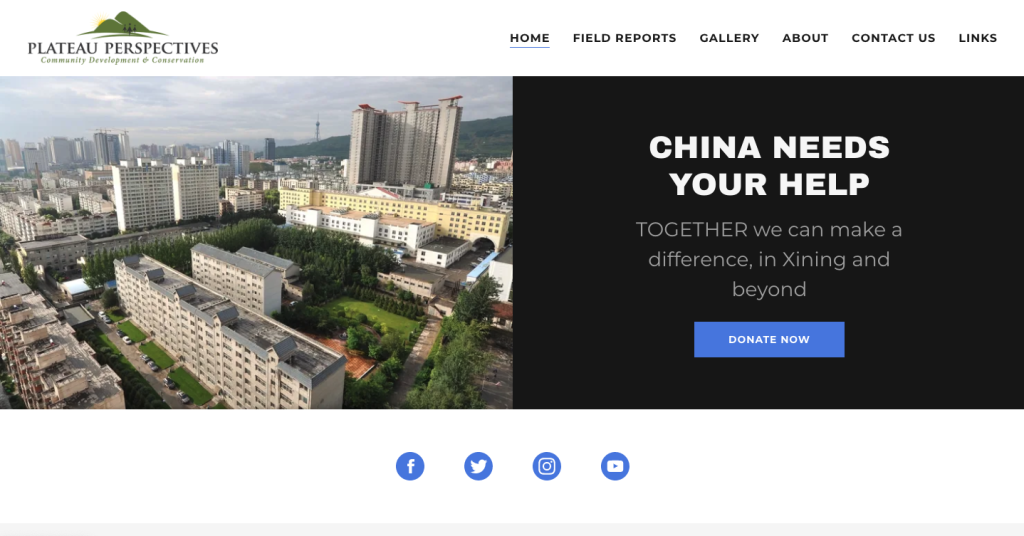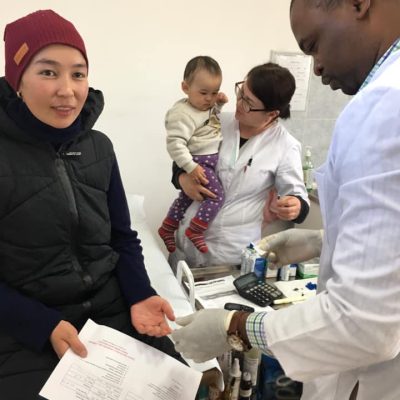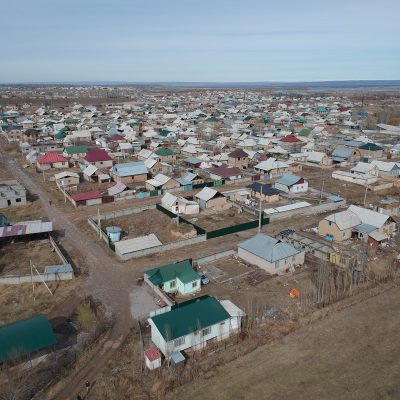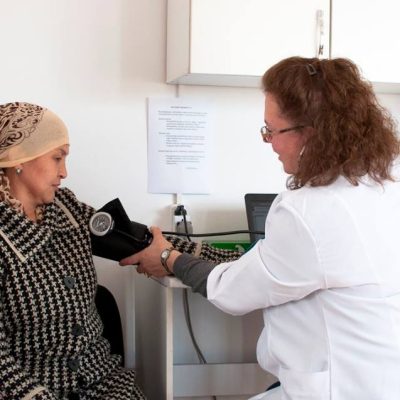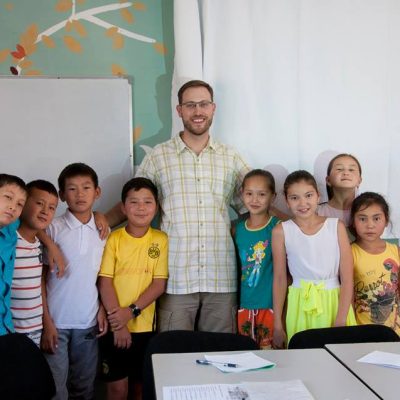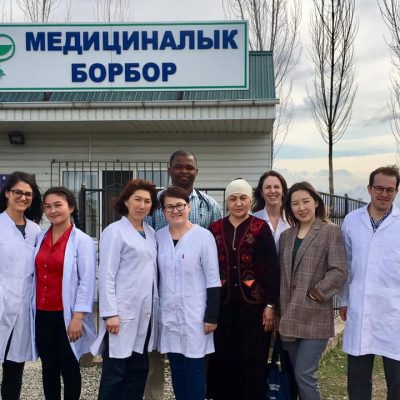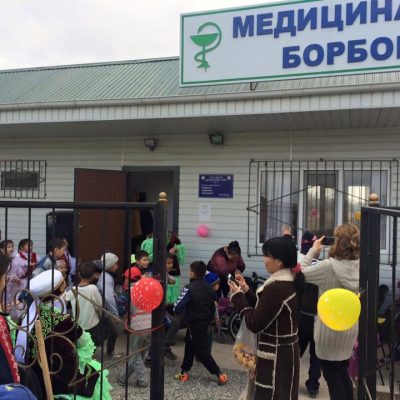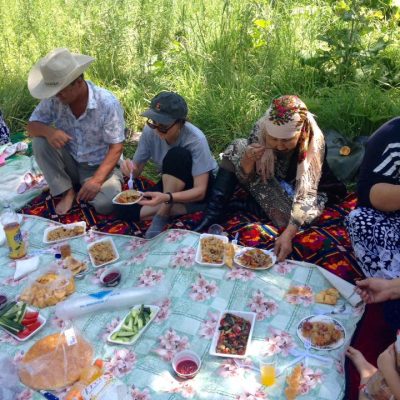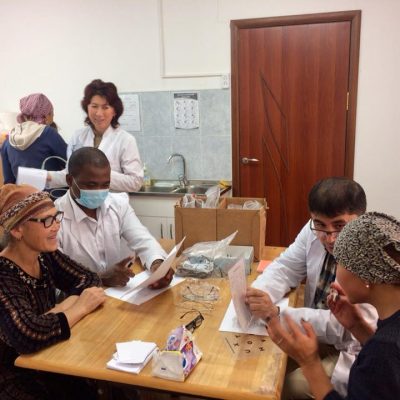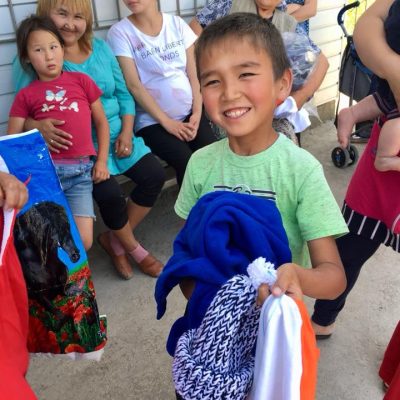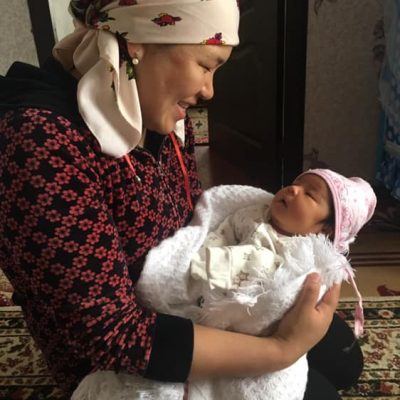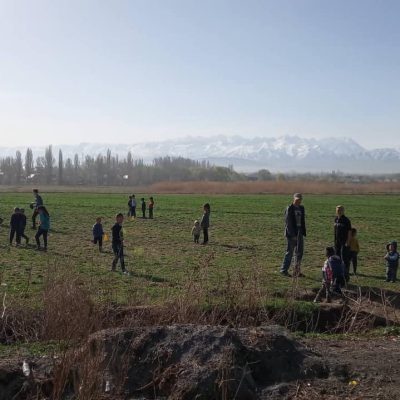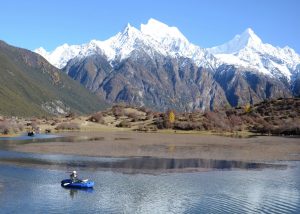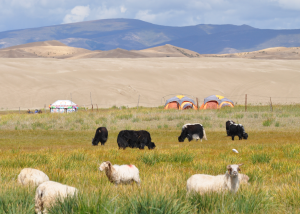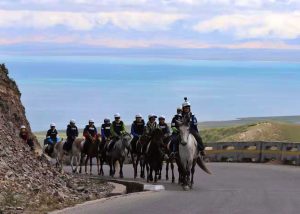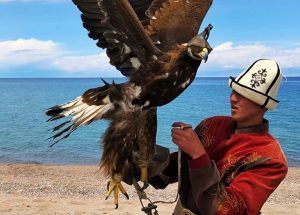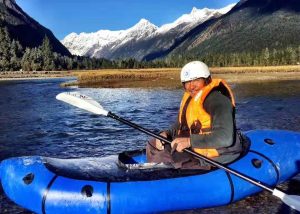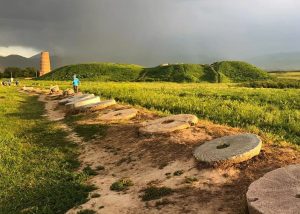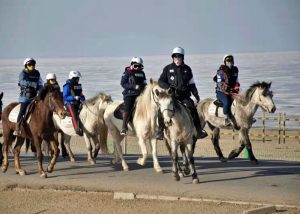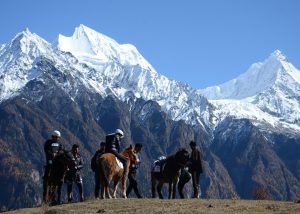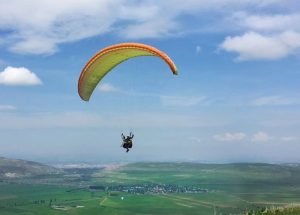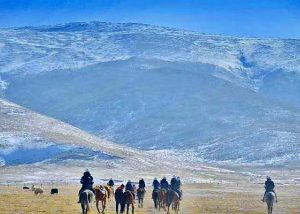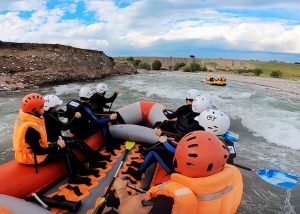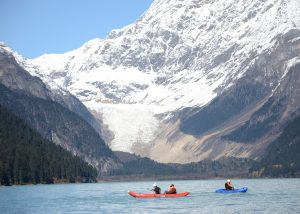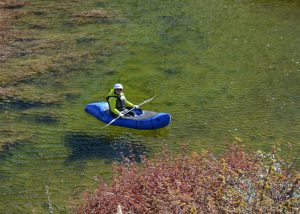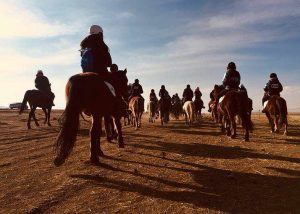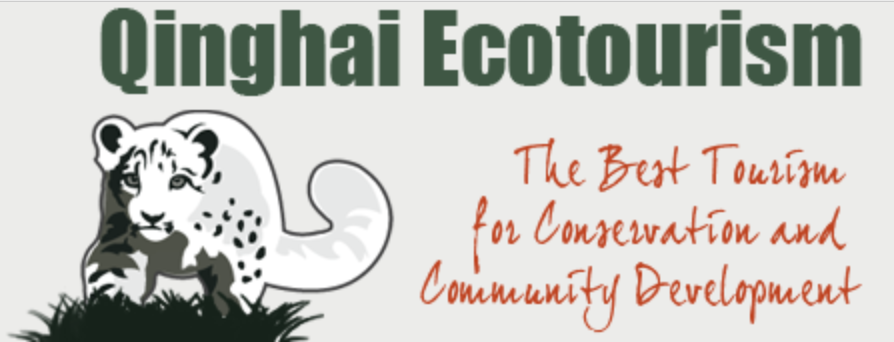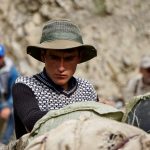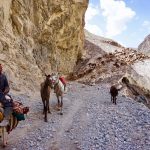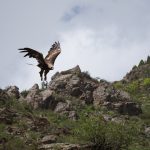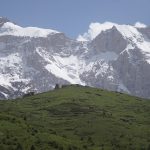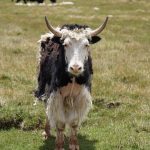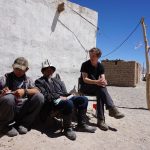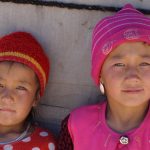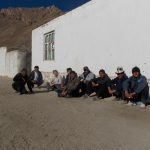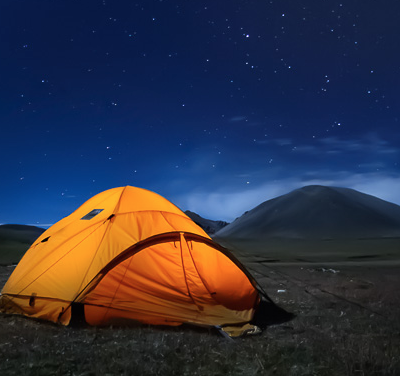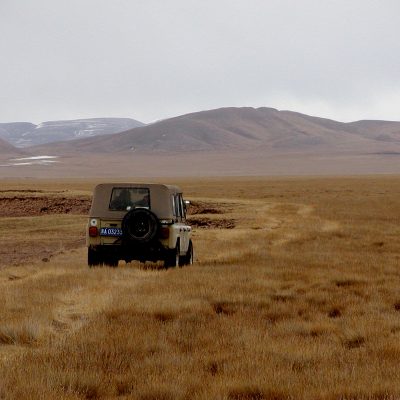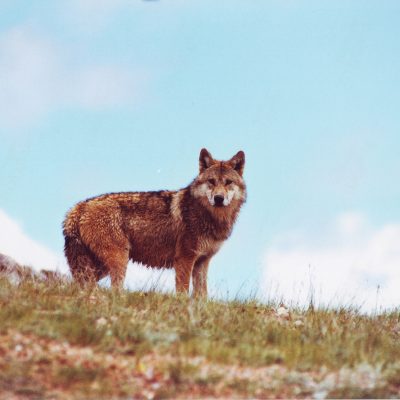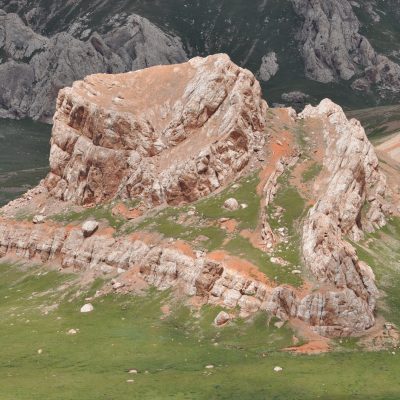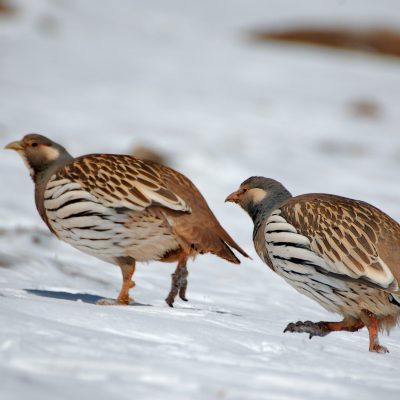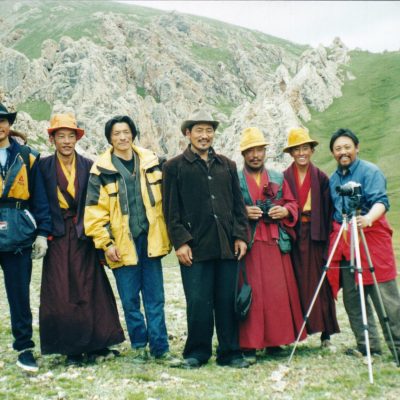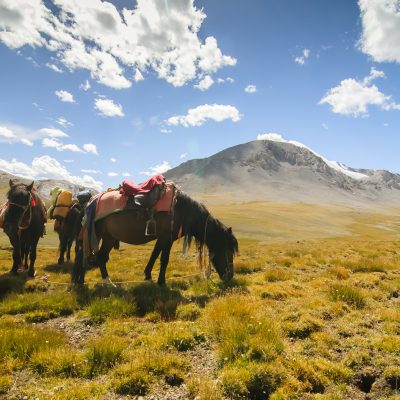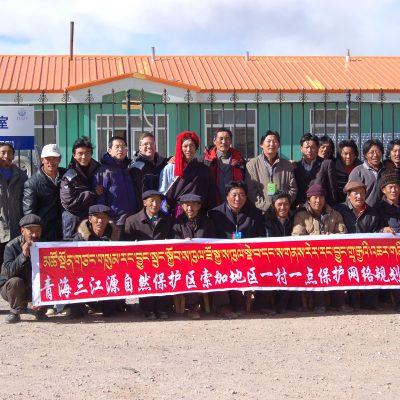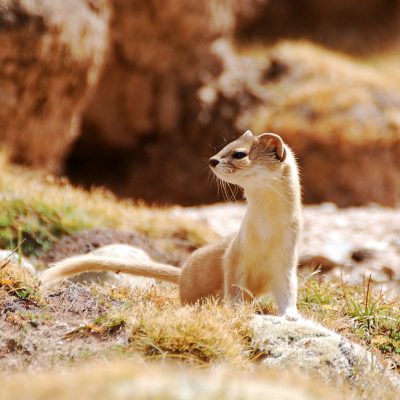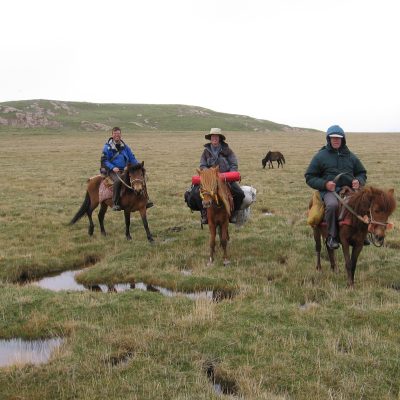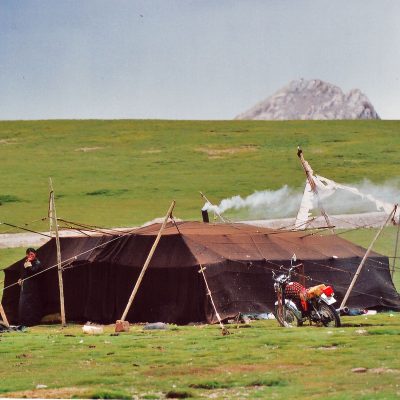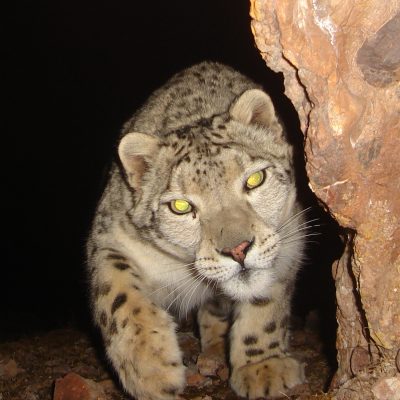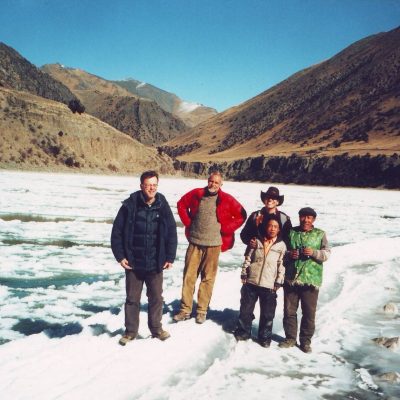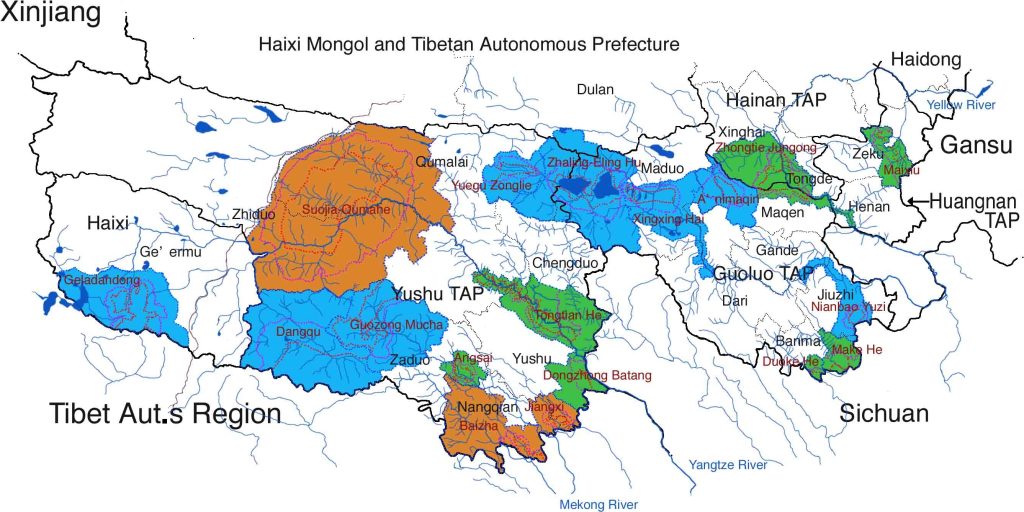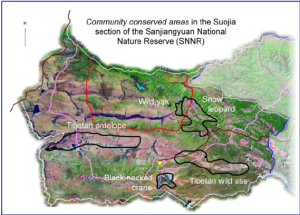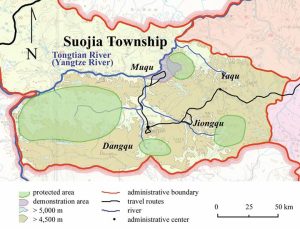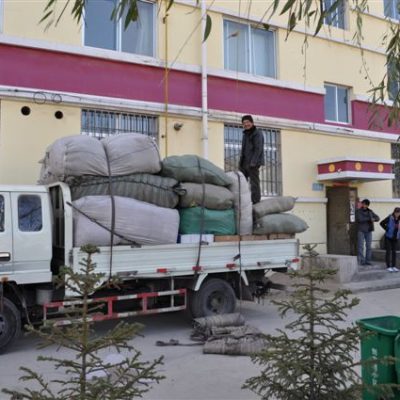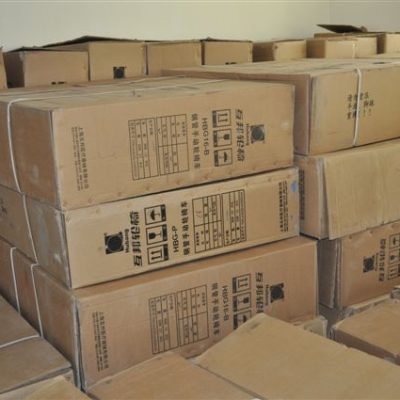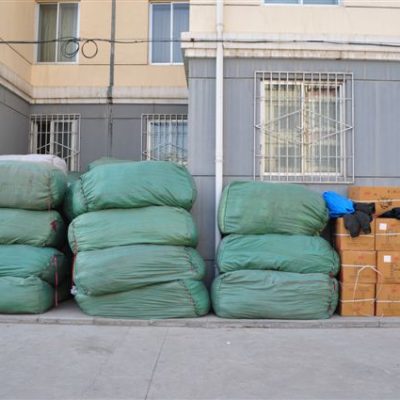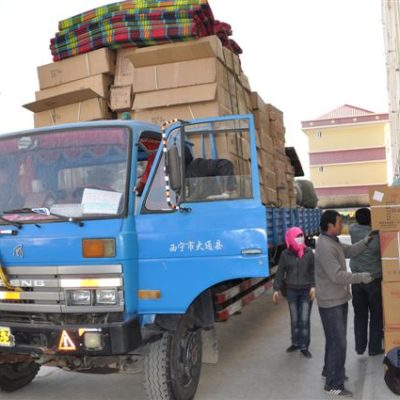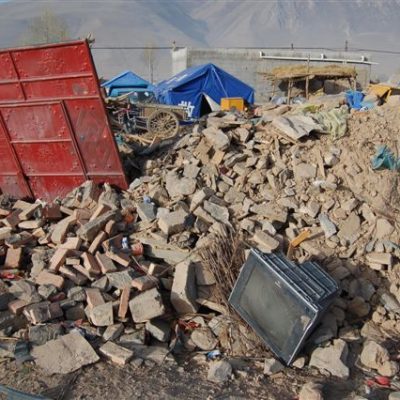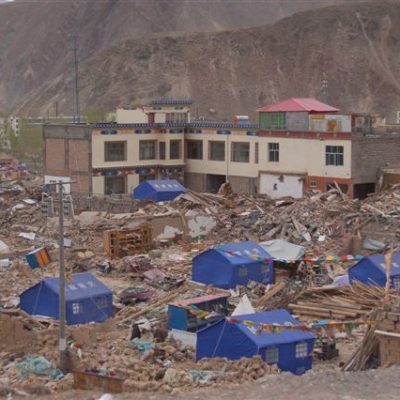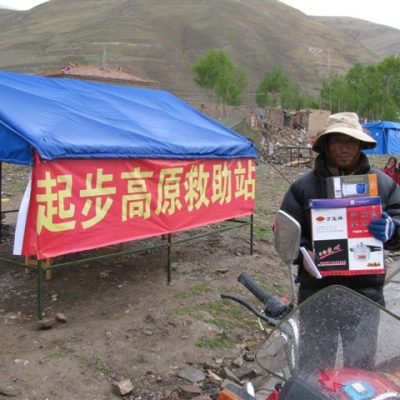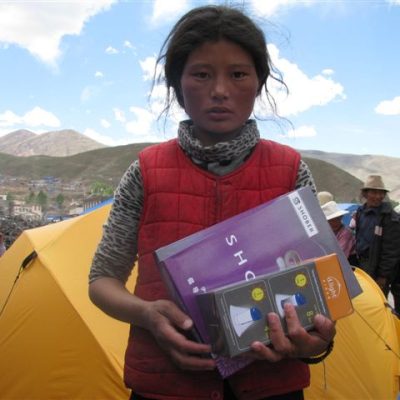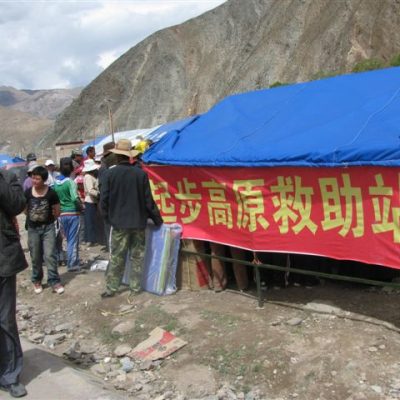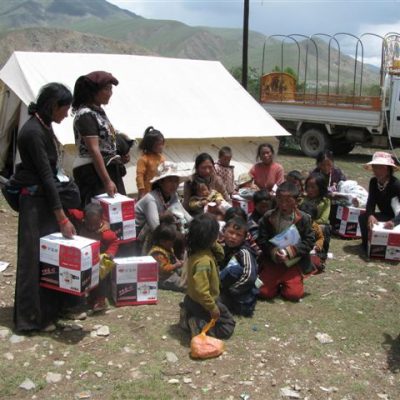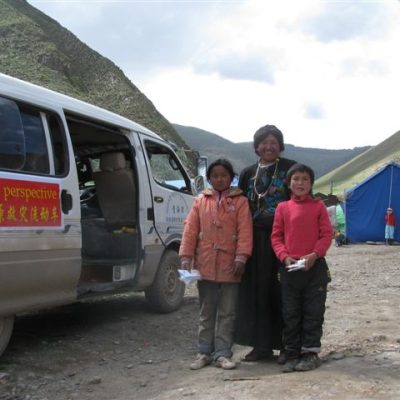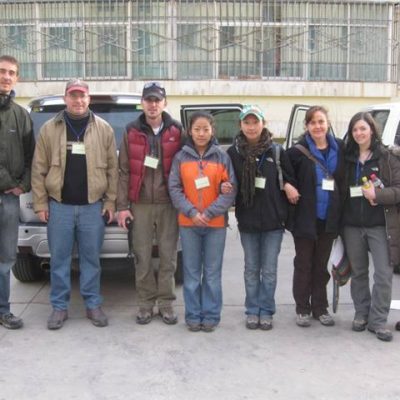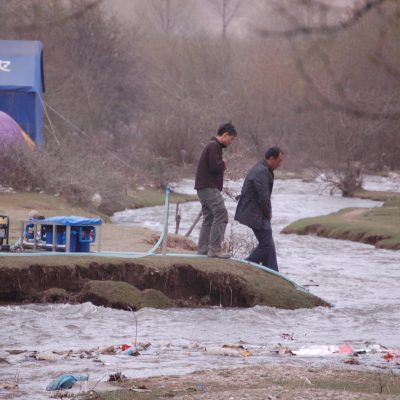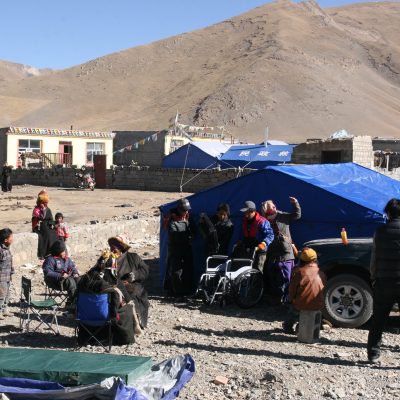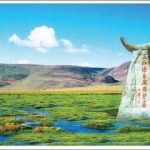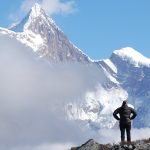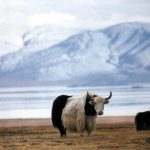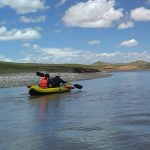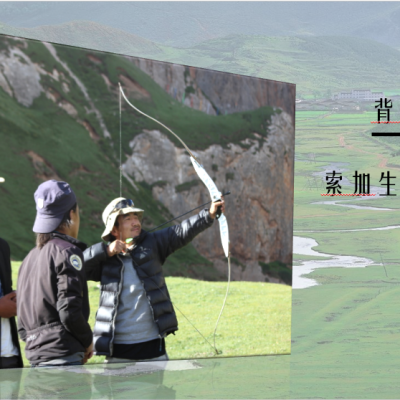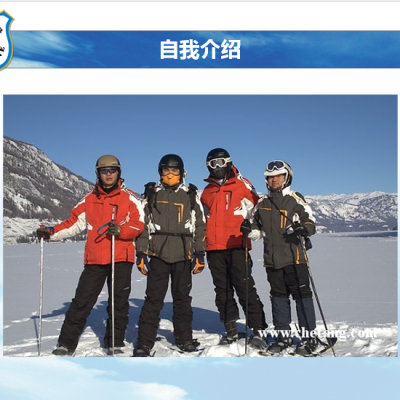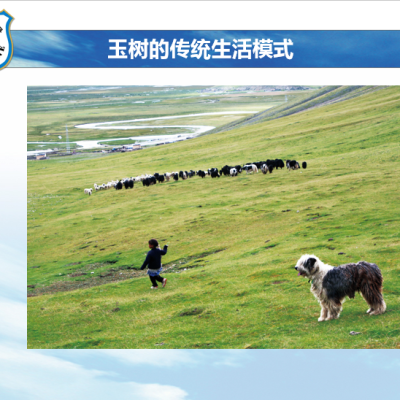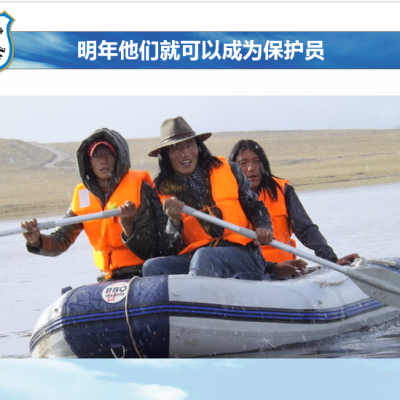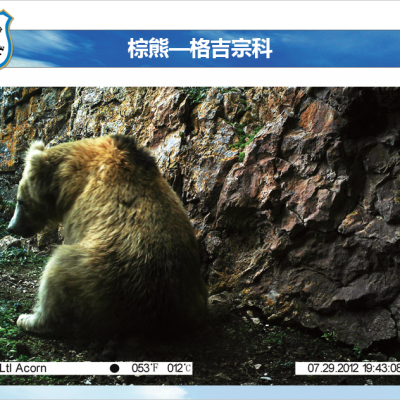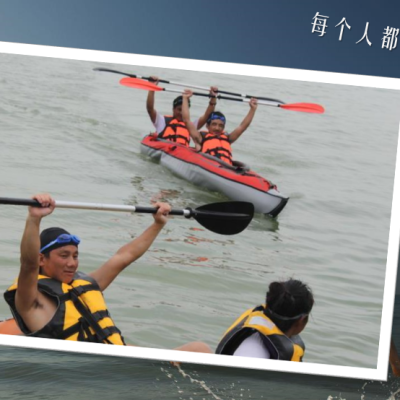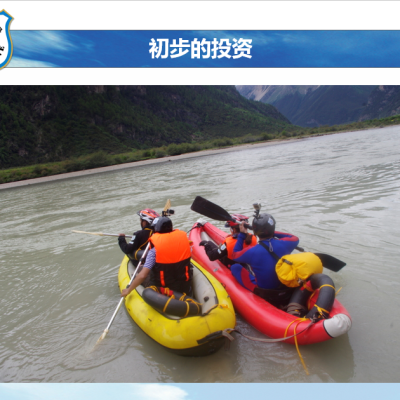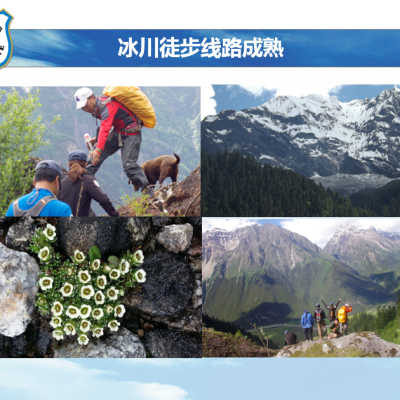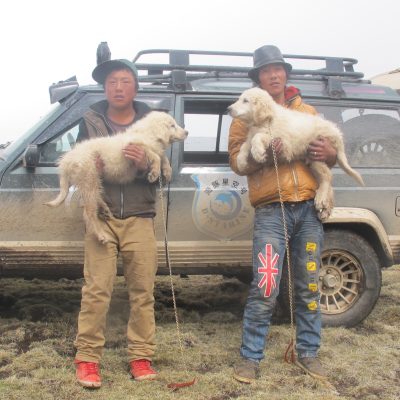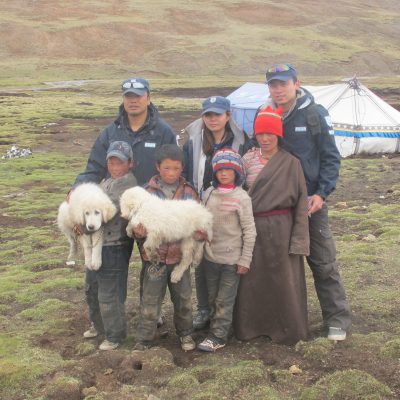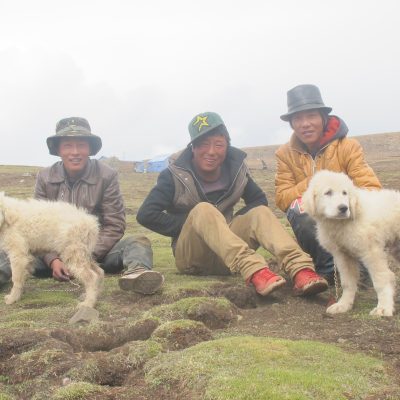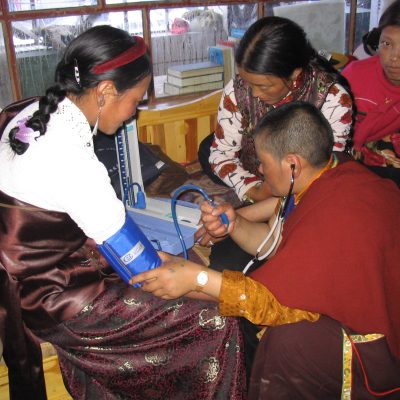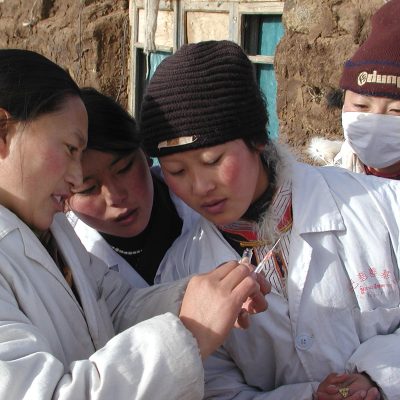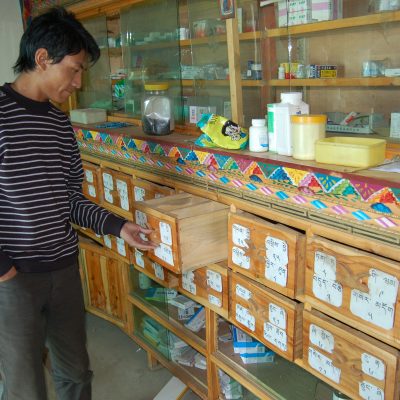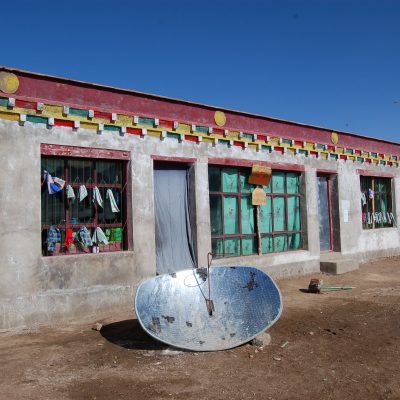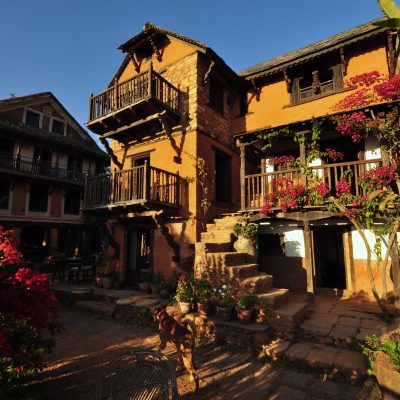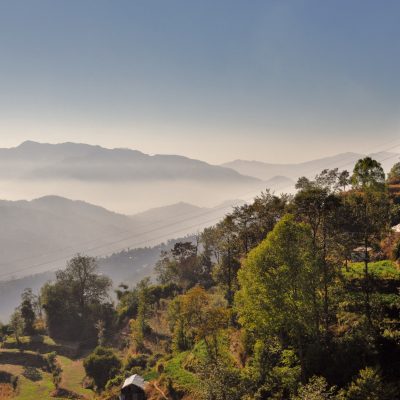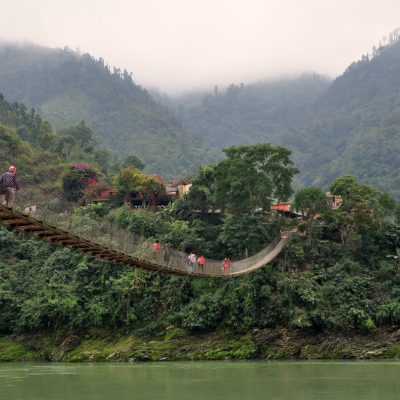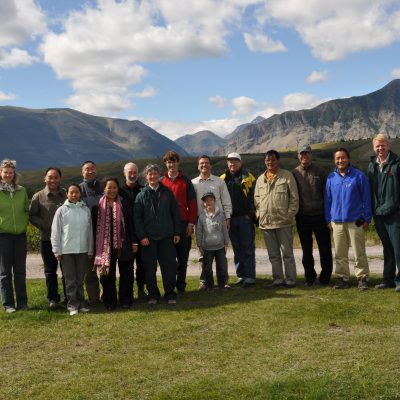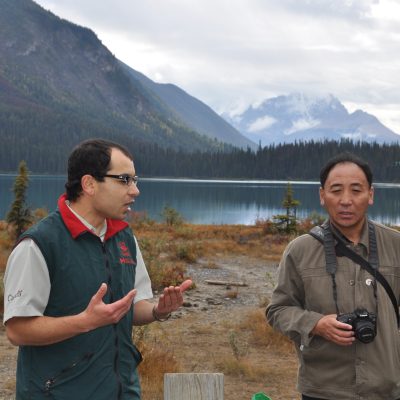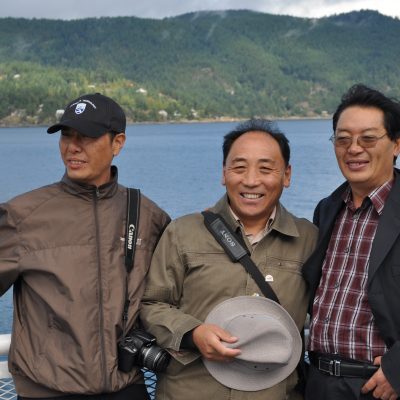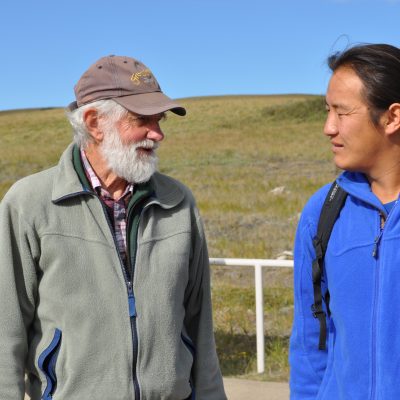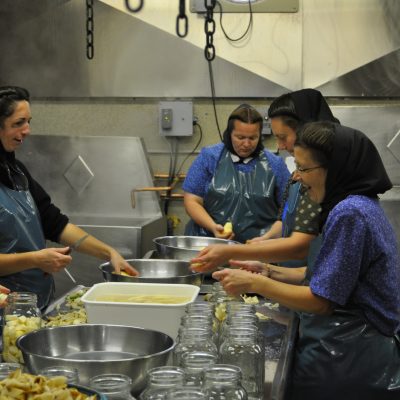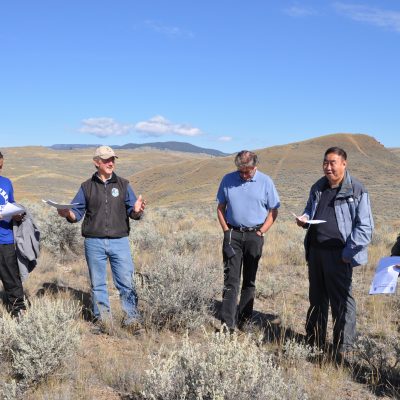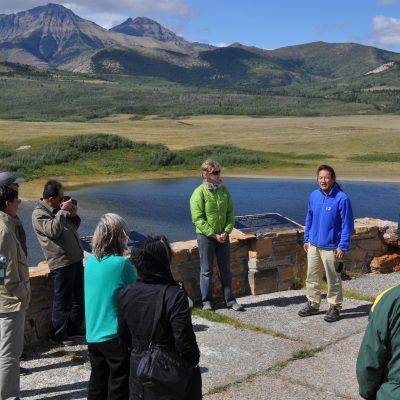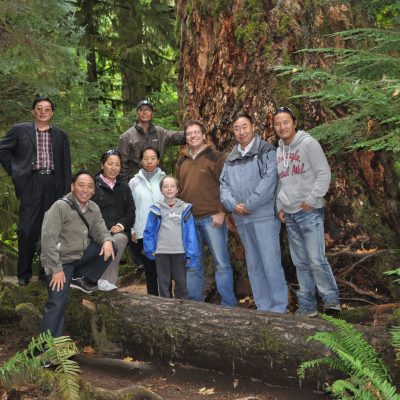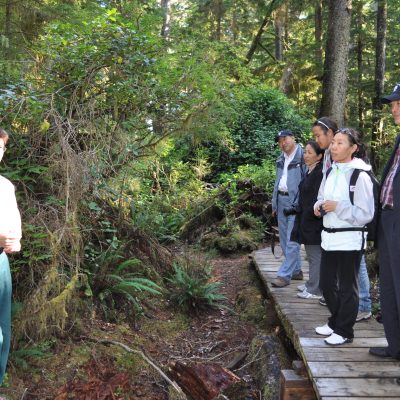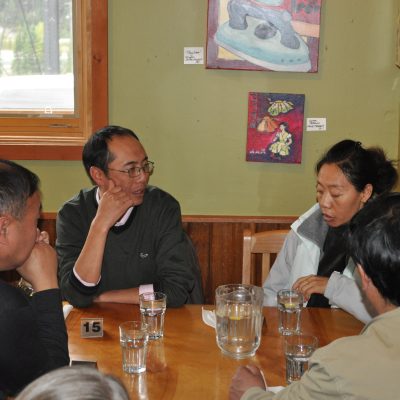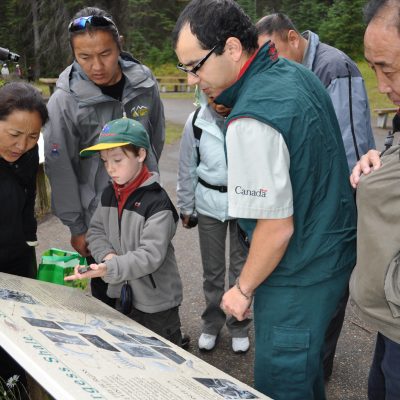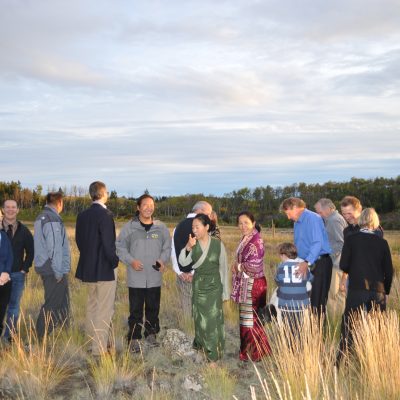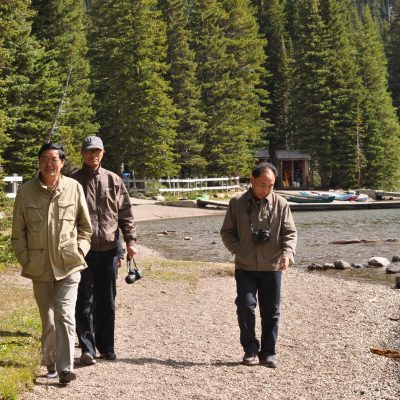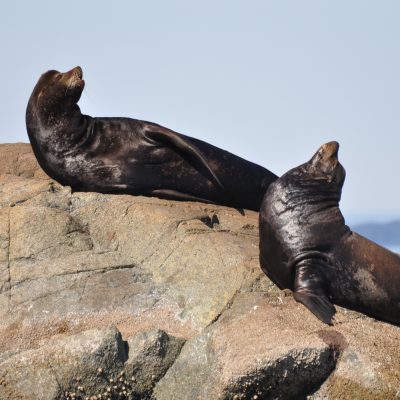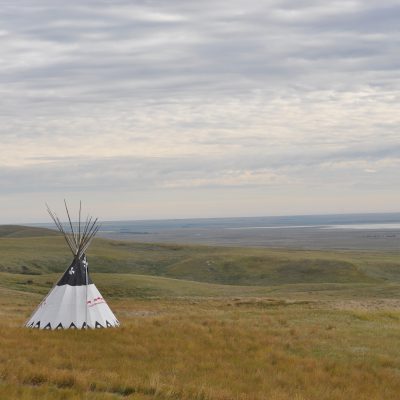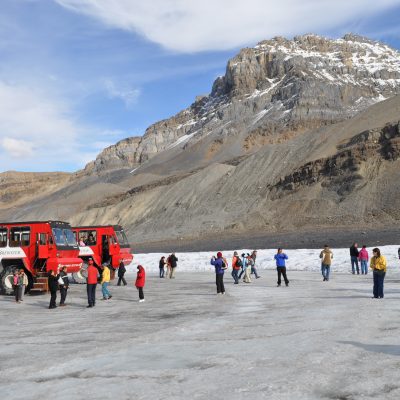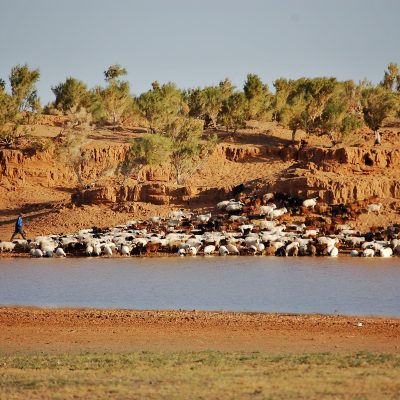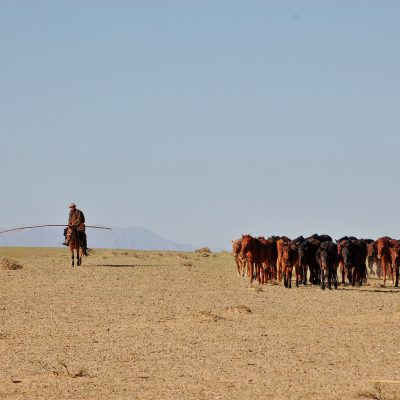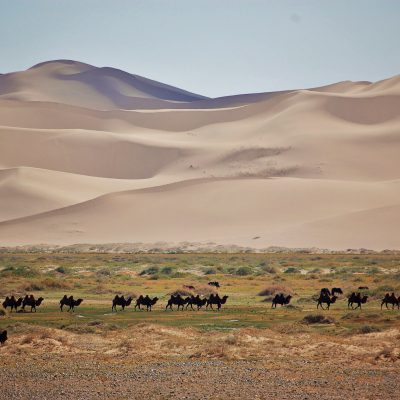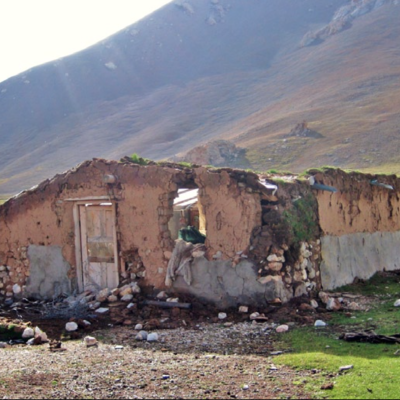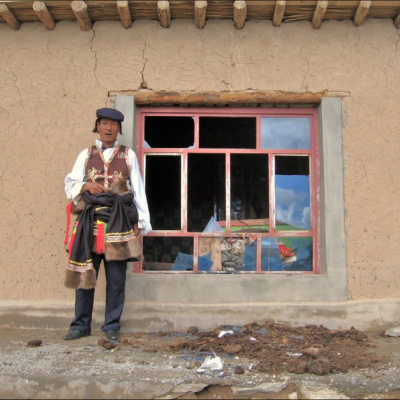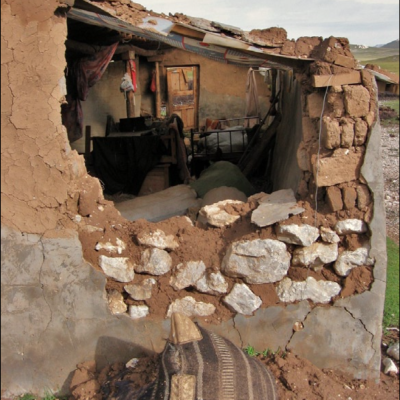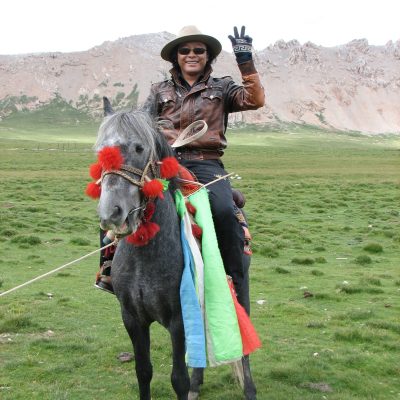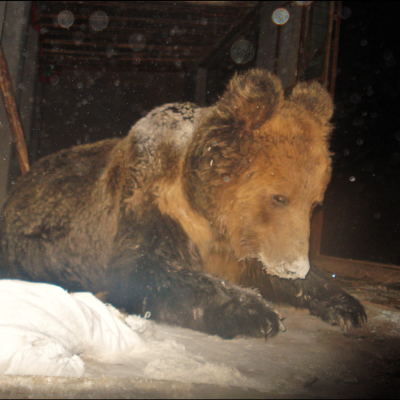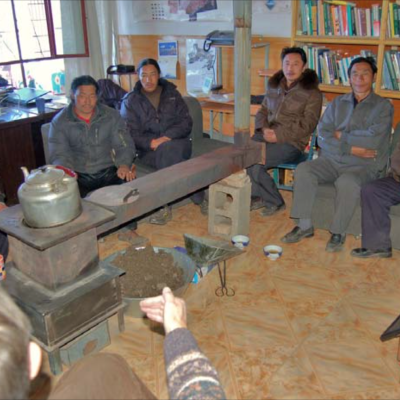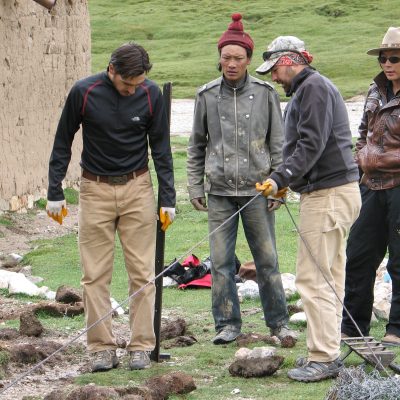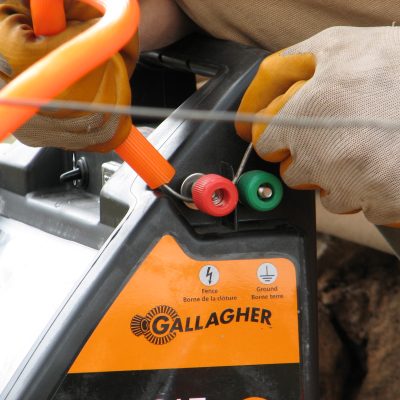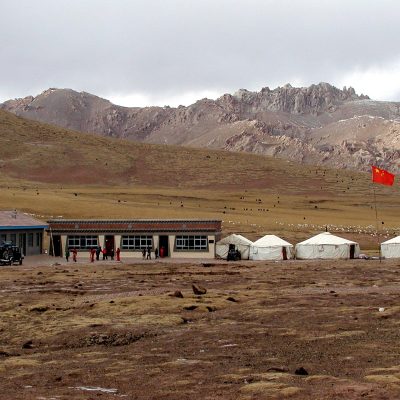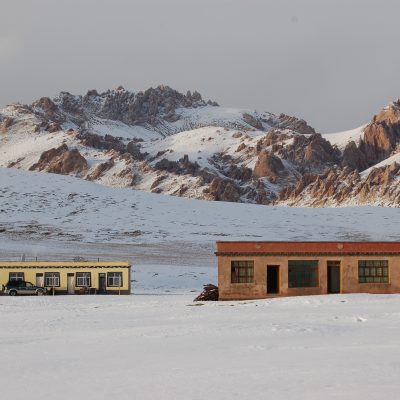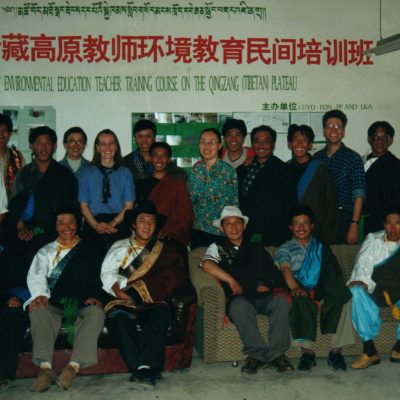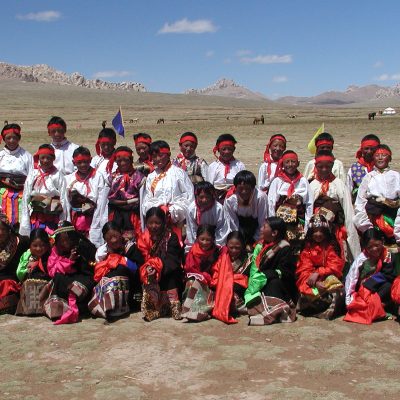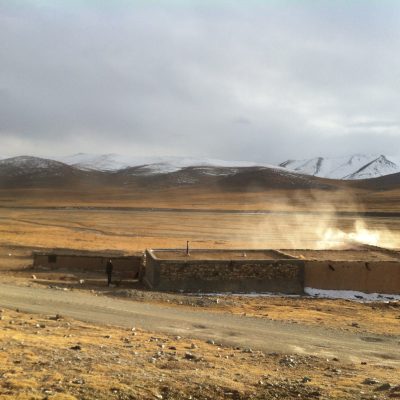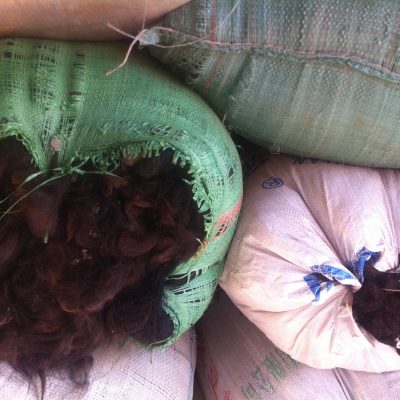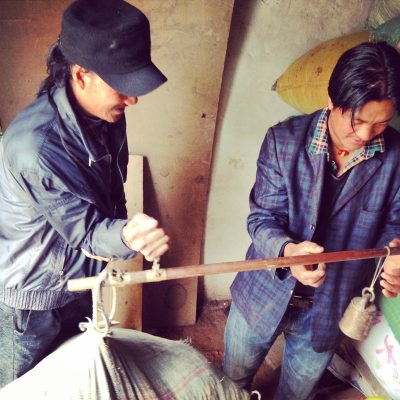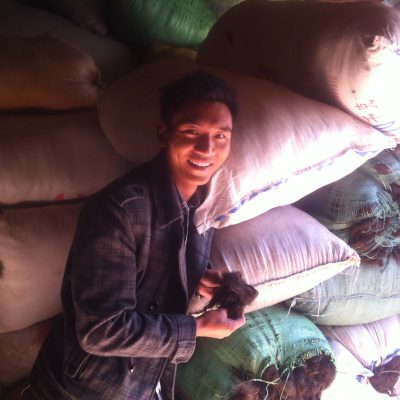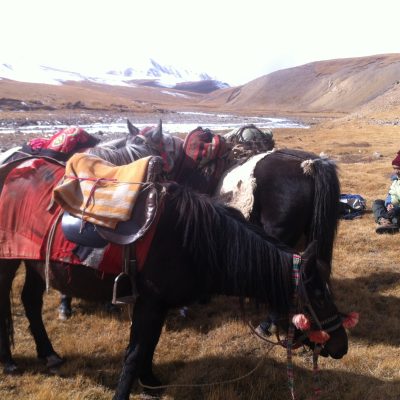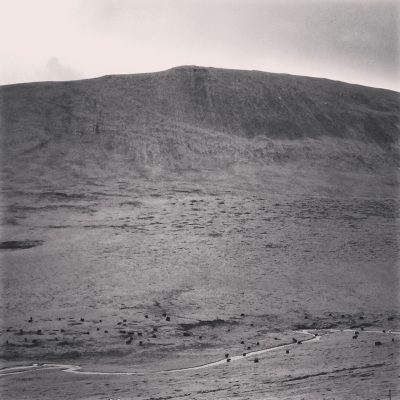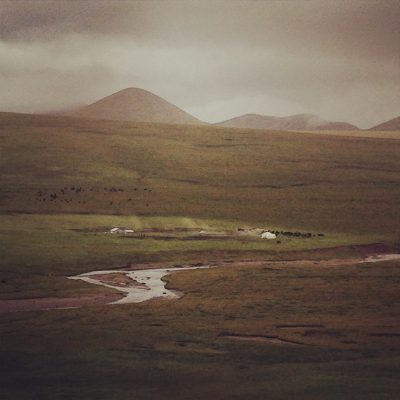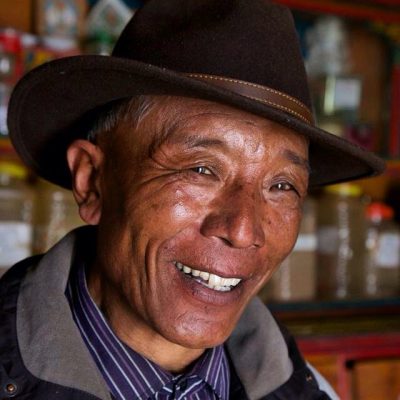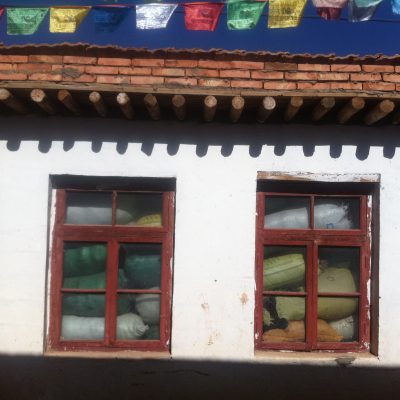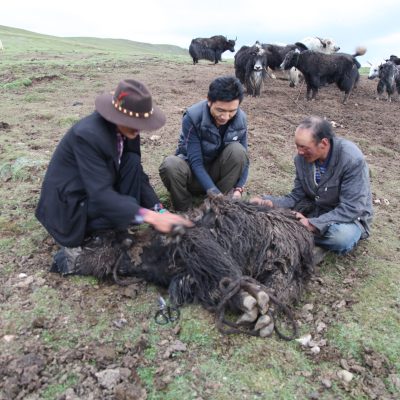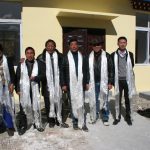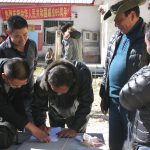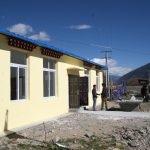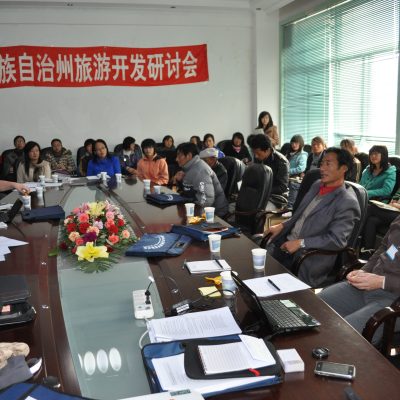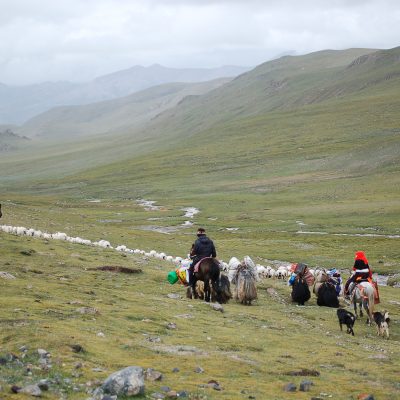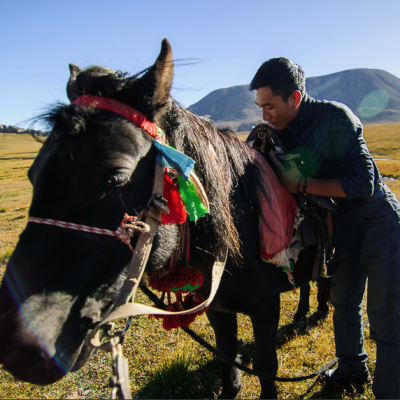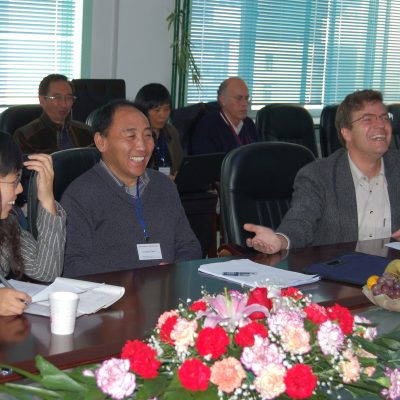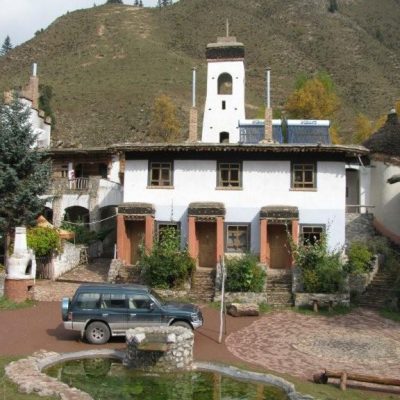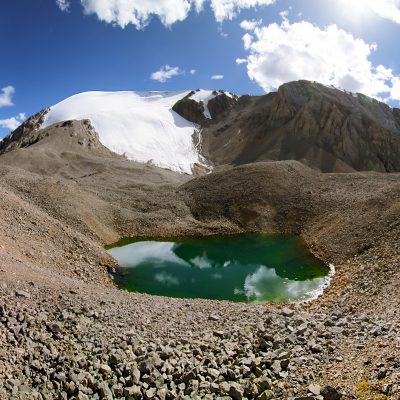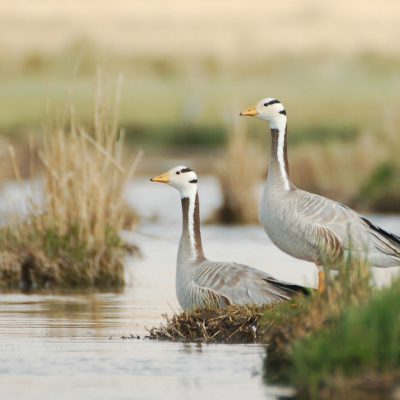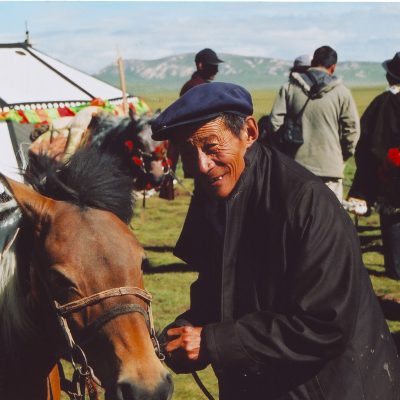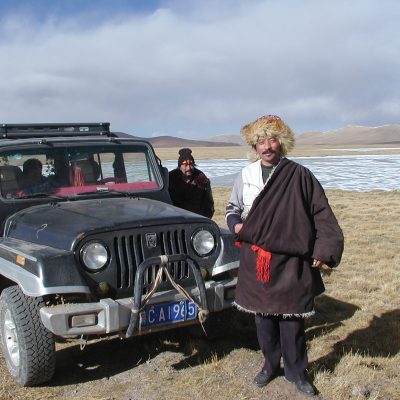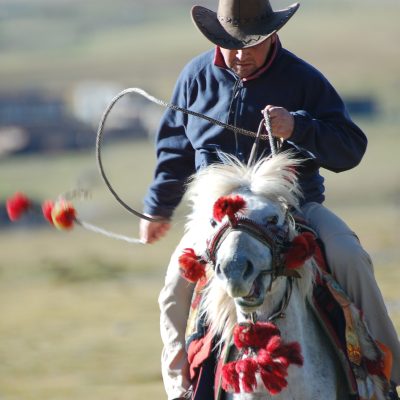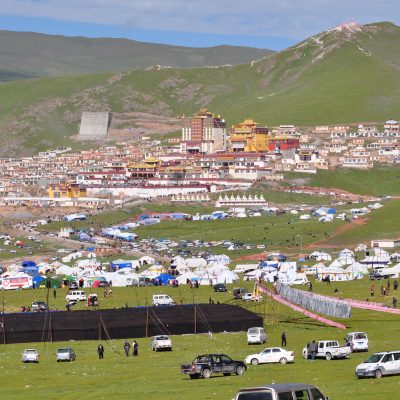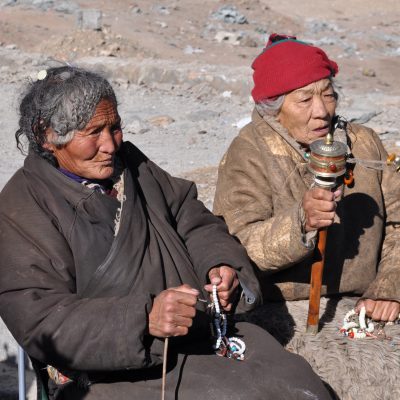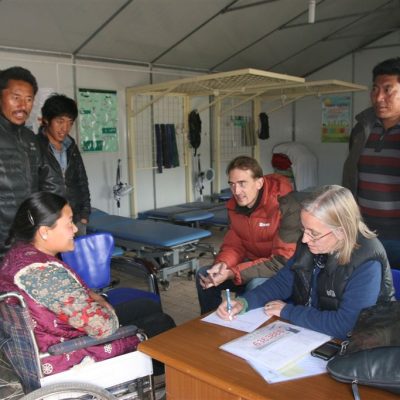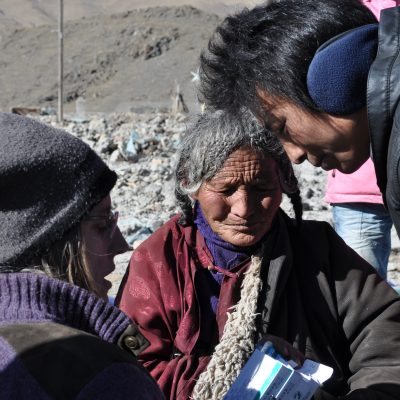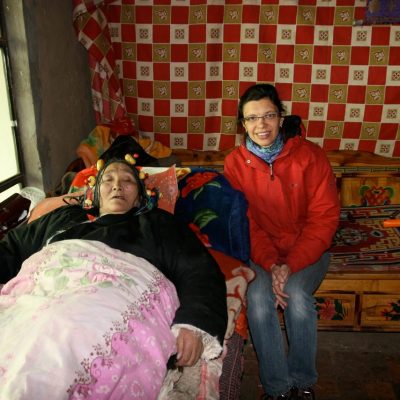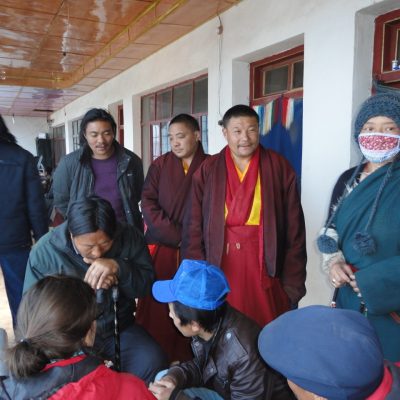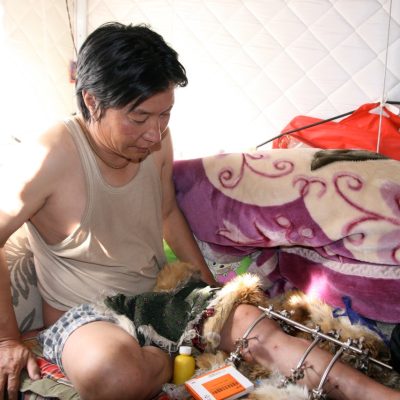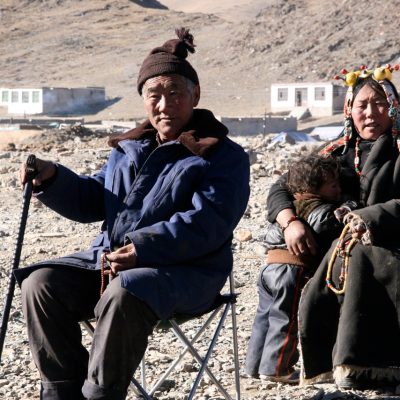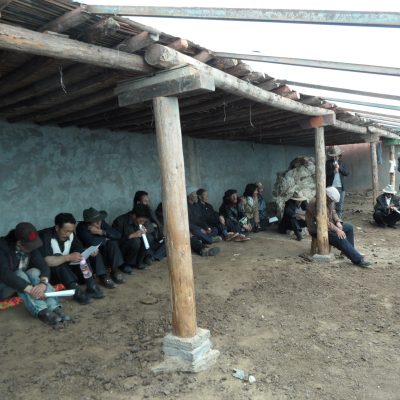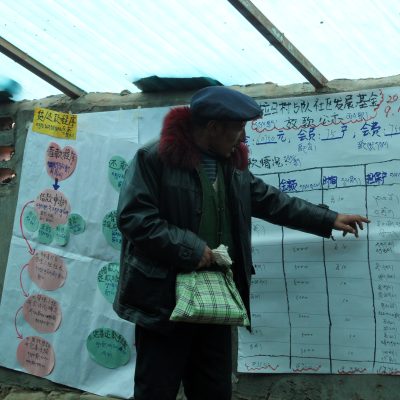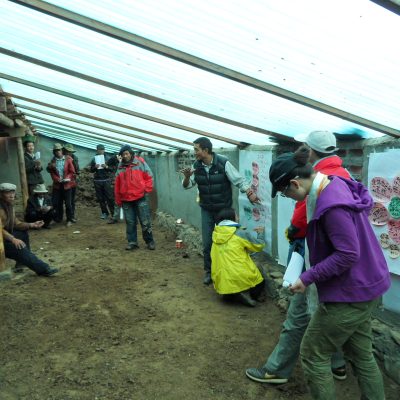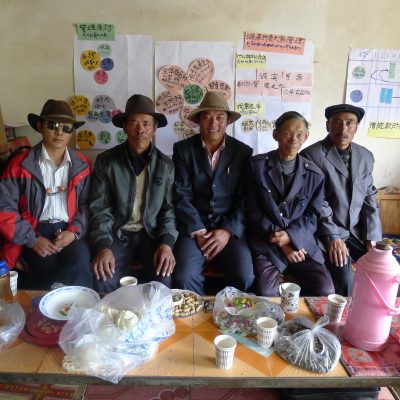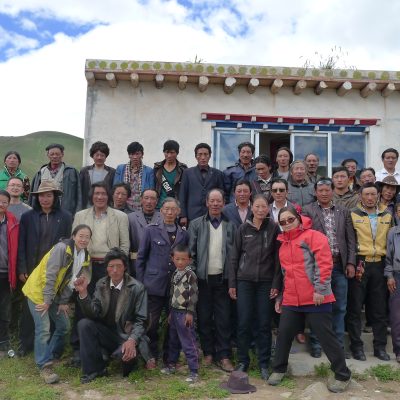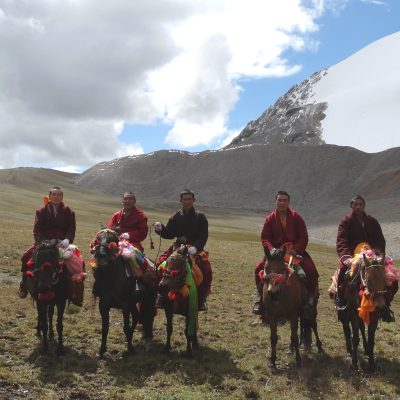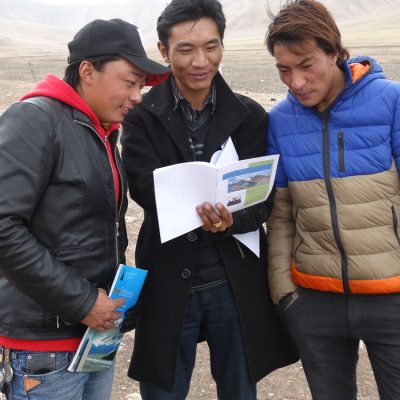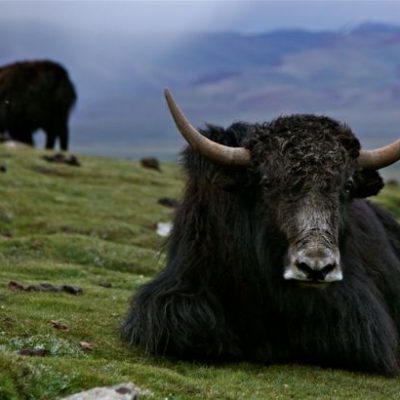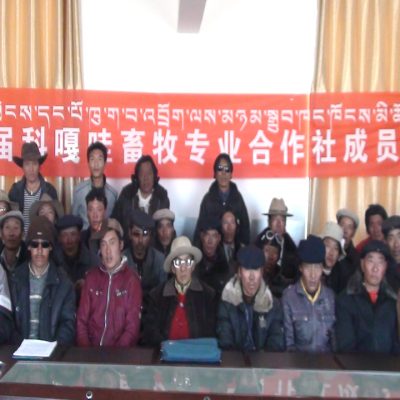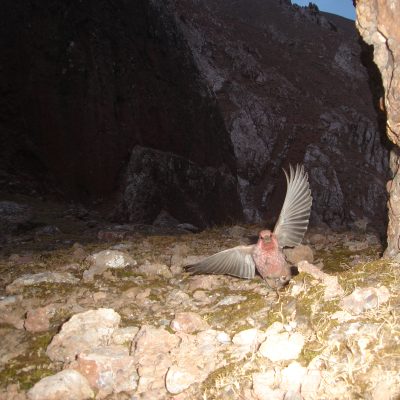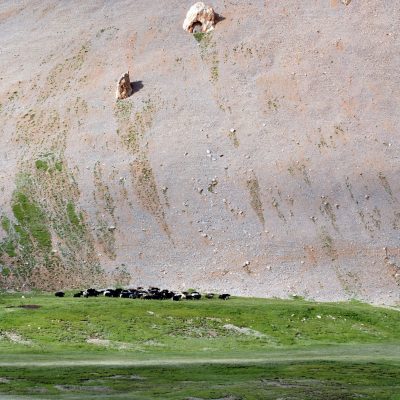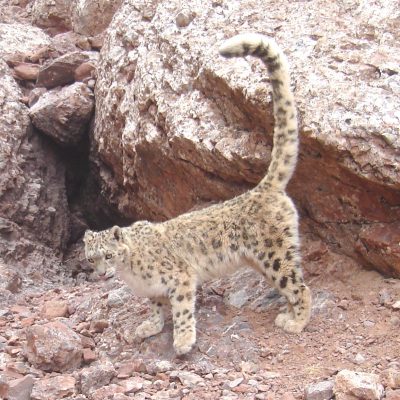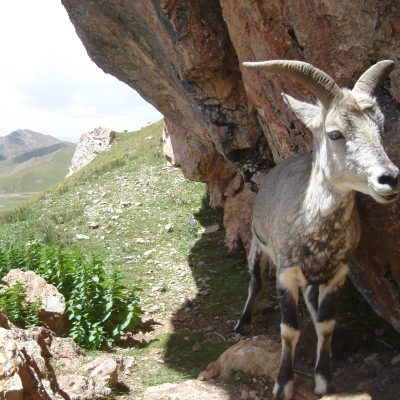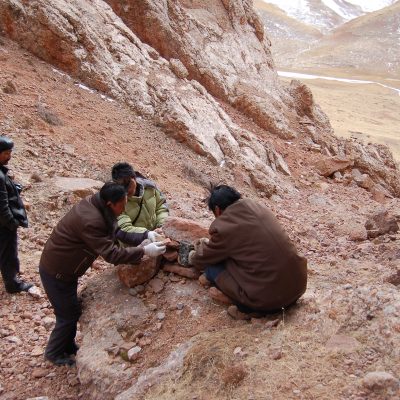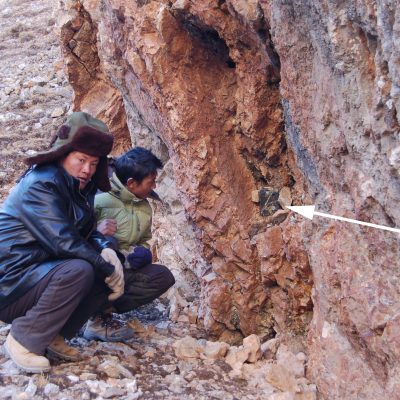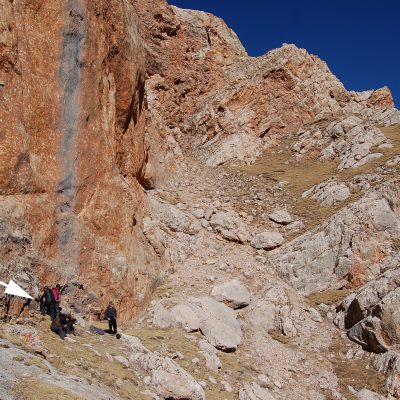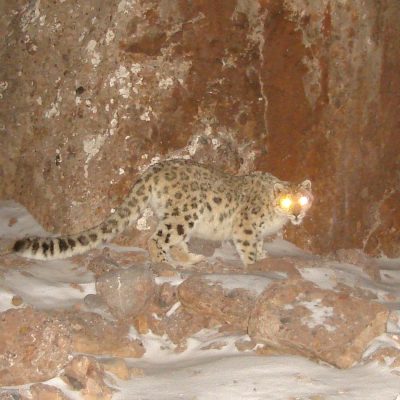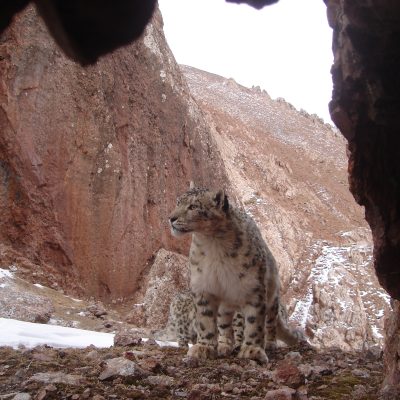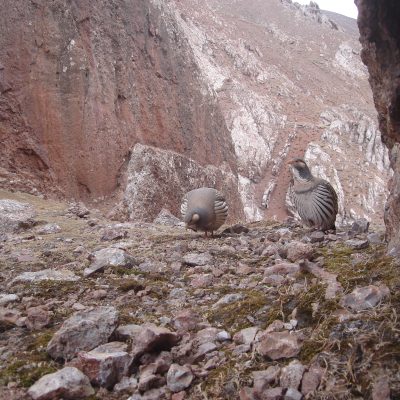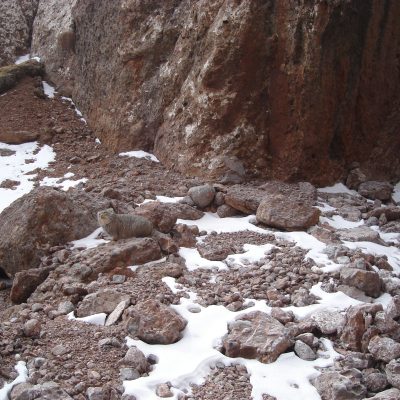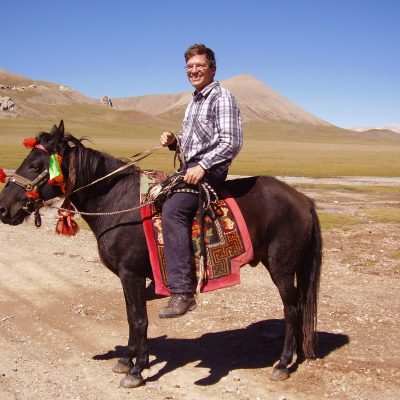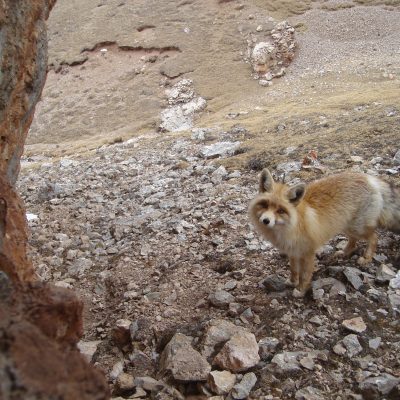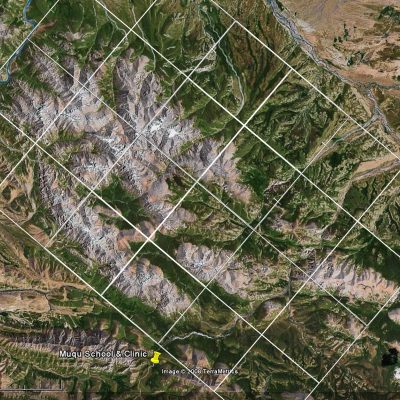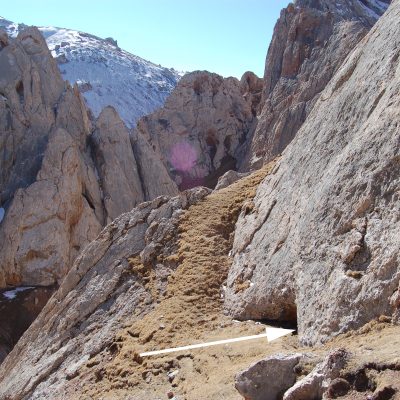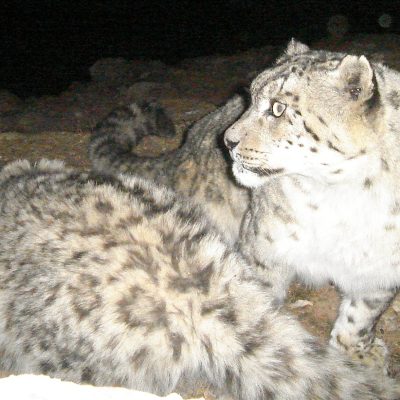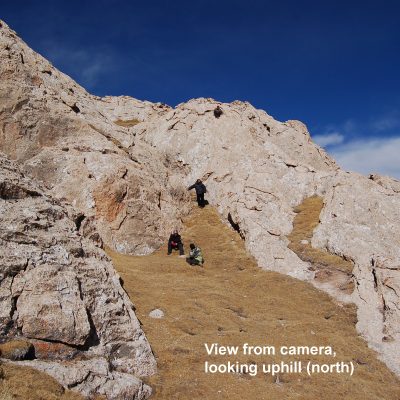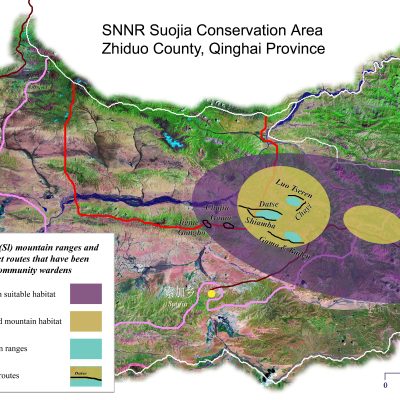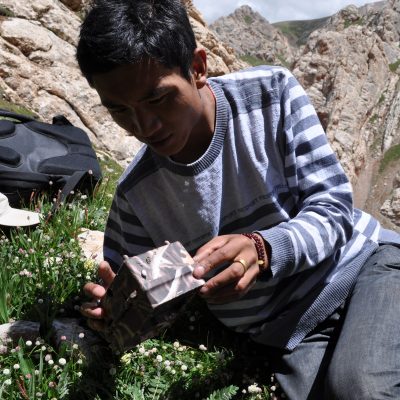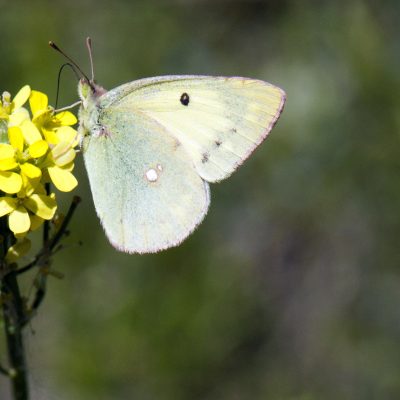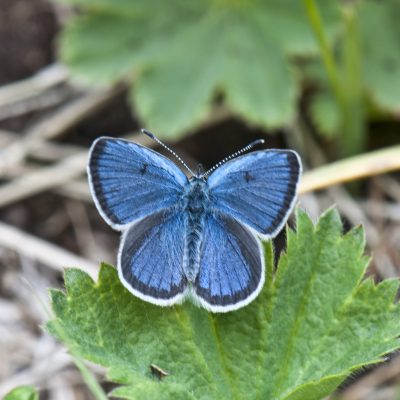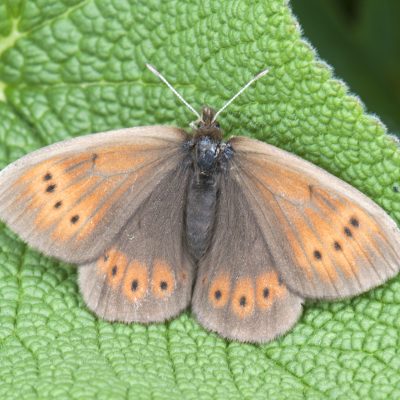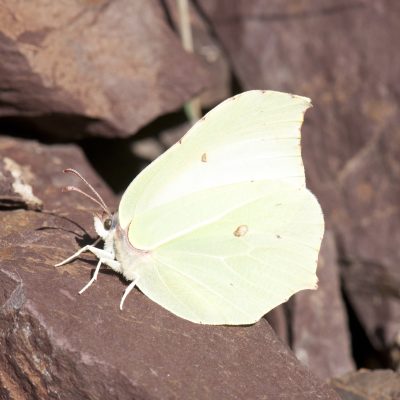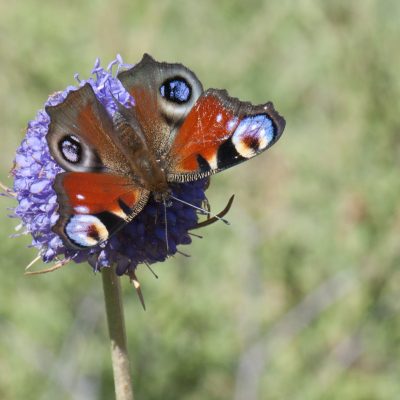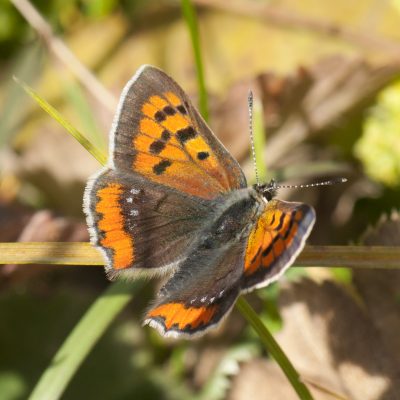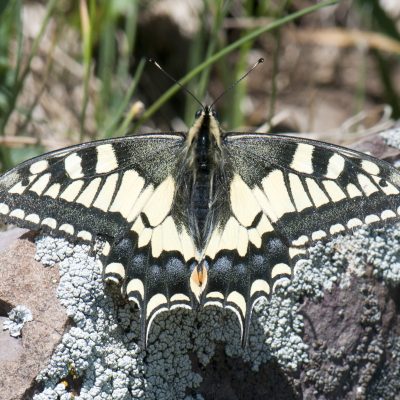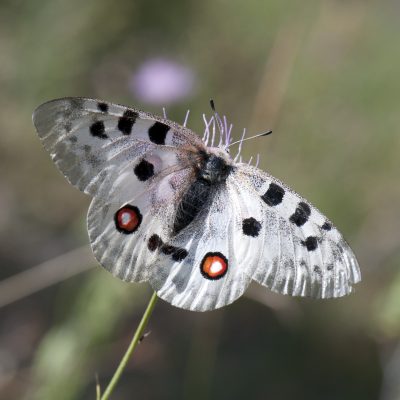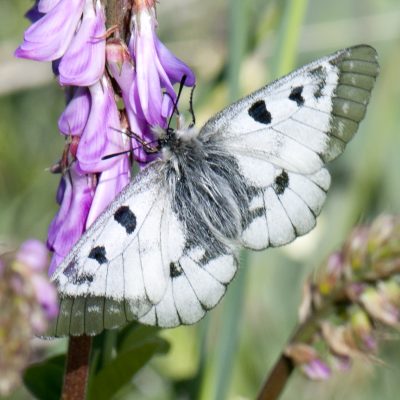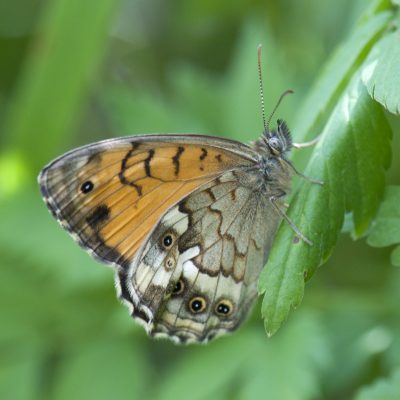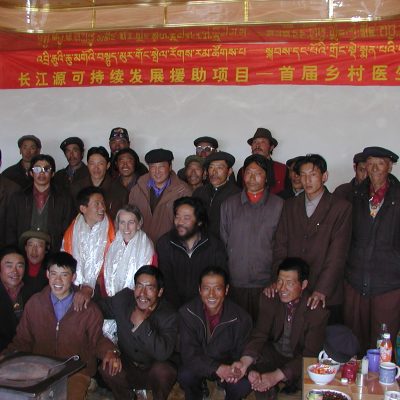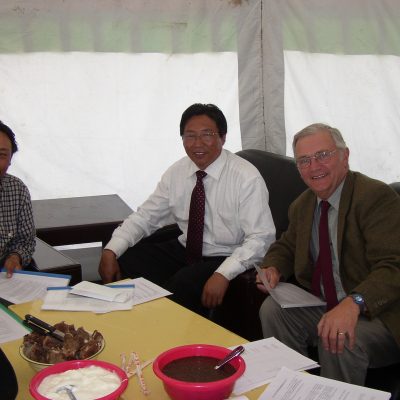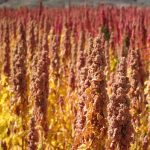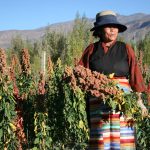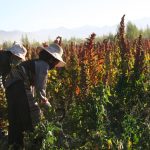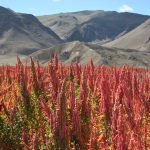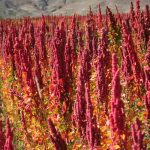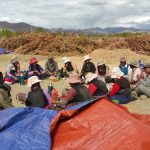Choosing Ecotourism in Kyrgyzstan by Plateau Perspectives on Exposure
Archives
Policy Briefs
Policy Briefs: Development Issues
Plateau Perspectives has launched a new policy brief series that aims to raise awareness of established as well as emerging and ‘horizon’ development issues in community-based conservation and sustainable development.
The inaugural issue in the policy brief series focuses on the value of biodiversity – both intrinsic and utilitarian – and the imperative to protect biodiversity (i.e. nature, ecology, environment, creation…) as it is essential for human development.
The core focus of this new series is mountainous regions of the world, especially in greater Central Asia. Each issue will bring attention to a new or a complementary development issue deemed pertinent for human societies as well as local and regional ecologies, i.e., mountain social-ecological systems.
The full complement of Policy Briefs is available here.
Please contact us if you have any idea you would like to discuss.
China Relief 2020
.
What can be done?
Different ways of assisting are emerging, but these are still early days. Many requests are being made. We are in the preparatory phase in order to be ready when a preferred course of action is clear. However, although no single priority area of intervention has yet been decided, we are now currently assessing the logistics of preventative measures. Read the Updates and Field Reports on the website to learn more about emerging plans and actions… In the meantime our field staff continue to monitor the situation closely and already are preparing and providing initial forms of short-term assistance, as opportunities arise on the ground.
Collectively we are carefully considering the options available to us, as diligence is important even within emergency relief work.
China Relief 2020 Website
ICCA Consortium, Upholding ‘Territories of Life’
As a Member of the ICCA Consortium, Plateau Perspectives participates in responding to emerging threats and opportunities by promoting ICCA self-strengthening processes at local level along with networking, peer-support and advocacy at national and international levels. More information about how the Consortium operates can be found on the ICCA Consortium website.
A close association is often found between a specific indigenous people or local community and a specific territory, area, or body of natural resources. When such an association is combined with effective local governance and conservation of nature, we speak of an “ICCA.”
ICCA sounds like an acronym, but it is not. It is an abbreviation for “territories and areas conserved by indigenous peoples and local communities” or “territories of life.” (Source: ICCA Consortium)
On the International Day for Biological Diversity, in May 2019, the Consortium released a 20 minute video journey through several territories of life across the world. In this short film, indigenous peoples and local community custodians will give an intimate glimpse into why their territories and areas are cradles of cultural and biological diversity and how they are seeking recognition and support.
In June 2019, Plateau Perspectives co-sponsored and participated in the West and Central Asia and the Caucasus 2019 Regional Assembly, which was held in Yerevan, Armenia with participants joining from Turkey, Georgia, Armenia, Iran, Lebanon, Jordan and Kyrgyzstan.
One ‘project’ that Plateau Perspectives is supporting in Central Asia is the recognition and strengthening of Yagnob ICCA, which is comprised of a community in Yagnob Valley, Tajikistan, who are descended from the ancient Sogdian Empire (see here). In addition, much of their territory has recently been declared as a national park (see short film), for which a management plan is currently being developed – with a focus on ‘co-management’ approaches in order to give greater agency to local communities and to support the protection of their language and culture as well as the extraordinary biodiversity in their Territory of Life.
Additionally, at the Annual General Meeting of the Consortium held in Udaipur, Rajasthan, India in December 2019, Plateau Perspectives’ international director was appointed as Auditor of the accounts for the consortium, to serve as representative of the membership and thus help ensure transparency and accountability in regard to funded projects and financial operations.
Maps and Figures
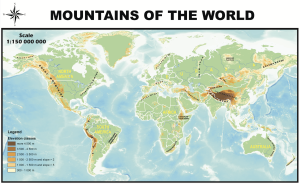
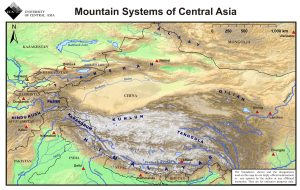
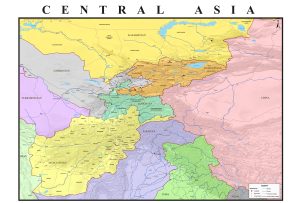
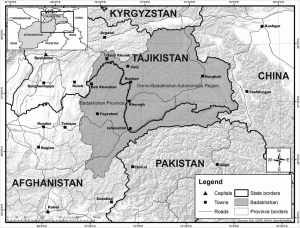
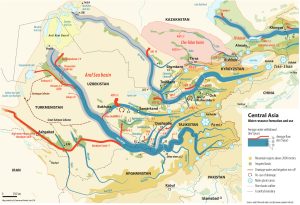
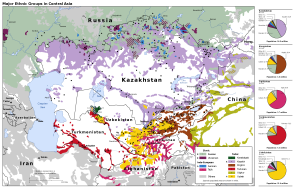
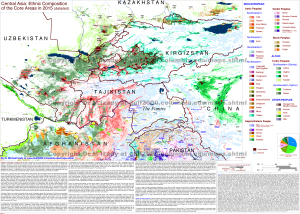
Collaborative Management
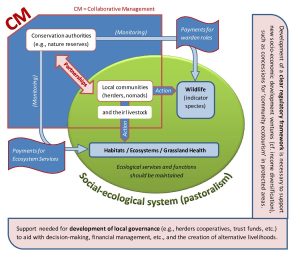
Sustainable Development
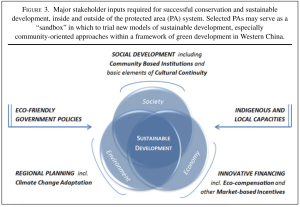
Factors impacting biodiversity
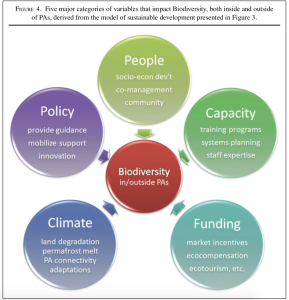
Araketke | Tendik Clinic
Araketke works alongside local government, organizations, and individuals to provide under-served communities, especially in northern Kyrgyzstan, with primary medical care, inclusive preschool education, teacher training, English language curricula and courses, innovative educational technology, community development, and sustainable financial enterprises.
One of the foundation’s main projects is situated in the village of Tendik (“Equality”), which has grown quickly over the last decade. The government has welcomed the foundation as it partners with the community to develop accessible health information and provide primary care to this under-served population.
Tendik Clinic has served more than 3,000 people since it opened in December, 2014.
For more information about Araketke-Bereket, please visit their website or facebook page.
To donate to the Tendik Project:
Emergency Relief Fund
Furthermore, these conditions are increasingly exacerbated by climate change, in many places leading to vanishing glaciers – with less water for millions of people and their crops in the future.
Plateau Perspectives’ charters already recognize and support the need for us to respond to desperate situations as they arise, under the broad umbrella of emergency aid or relief. In the past, we have helped alleviate people’s suffering and rebuild livelihoods in the aftermath of extreme snowstorms on the Tibetan plateau and following the Yushu earthquake in April 2010. Now, as we expand our area of work and include remote mountainous regions of Central Asia, we also face situations of drought and of environment and/or human-induced insecurity and conflict. In Afghanistan alone, for example, many 100,000s of people are now refugees, with BBC News and Norwegian Refugee Council reporting that more people are now displaced by drought than by the Taliban.
Emergency relief may be needed to help alleviate people’s immediate suffering or to aid in their recovery with support for enhanced livelihoods that promote resilience for the future. Most often, such support is directed toward people residing in the target mountain regions. Sometimes, however, people have had to flee and are now refugees from conflict/insecurity or from environmental degradation, as a matter of survival. As emergency situations arise and financial resources allow, Plateau Perspectives is ready to respond with aid in various forms, financially or in-kind. For this purpose, a designated ’emergency fund’ has been created, with the aim to enable us to respond in timely fashion to emergency situations as they arise, including support to people affected by natural disasters and assisting individuals and families who have had to flee their home due to disaster or crisis.
Qomolangma (Mt Everest) Glacier Foundation
The Qomolangma (Mt Everest) Glacier Environmental Protection Foundation (QGF) was established in April 2012 with start-up funds provided by the Tibet Qomolangma Glacier Water Resources Development Co. Ltd. QGF is registered as a public foundation with the aim to promote and support both conservation and poverty alleviation in the Tibetan Autonomous Region, China. QGF also seeks to serve as model for corporate social responsibility.
The Foundation organizes conservation and community development activities, including inter alia environmental research, education and awareness, and recognizing and rewarding local champions and organizations for their outstanding contributions in conservation and development.
Over the years, QGF has carried out many public welfare and environmental conservation activities, receiving strong support and praise from local communities and government authorities alike. The majority of its activities focus on environmental conservation, and around one-third of its financial resources are dedicated to targeted poverty alleviation in rural areas – with special attention given to the Mt Everest region.
To date, QGF has contributed to leadership development (training course for government officials and village leaders), capacity building for conservation (training community rangers from the Qomolangma (Mt Everest) National Nature Preserve), community development (village sanitation including garbage collection and eco-toilets, development of community ecotourism, and agricultural quinoa production), and environmental awareness (ecology seminars for university faculty and students, modelling corporate social responsibility, development sustainable use ‘best practices’ for Cordyceps collection).
Other projects under development with Plateau Perspectives include the development and establishment of a Tibet Bird Club, development of community-based ecotourism and adventure tourism with a focus on horse-riding (with Horseback Planet Society), and development of appropriate conservation tools and protocols for community rangers in the Qomolangma National Nature Preserve (with Lapis Guides), and more.
QGF is led by Prof Gongbo Tashi, formerly the national projects manager responsible for Plateau Perspectives’ work in China. Plateau Perspectives’ International Director, Dr Marc Foggin, also serves as International Consultant for the QGF Board of Directors.
Horseback Planet Society
Plateau Perspectives has long supported the development of the HPS model of community-beneficial tourism – including an inspiration study tour to Nepal in 2011, joint trialing of community tourism activities in the Longbao wetlands, capacity building for guides, and the on-going development of an accreditation system for both guides and clients involved in horse trekking tourism.
Currently, HPS is launching community-based horse riding tourism in eastern Tibet Autonomous Region with professional and logistic support from Plateau Perspectives and the Qomolangma Glacier Foundation. Several exploratory tours already have taken place in Kyrgyzstan, in collaboration with local community rangers and the Ilbirs Foundation. Plans are now also being made to begin similar work in the Caucasus Mountains.
Marc Foggin and Chris Yuan have recently summarised the HPS experience and its innovative approach for the development of ecotourism for both people and nature in a working paper entitled Promoting conservation & community development through ecotourism: Experiences from valued conservation landscapes on the Tibetan plateau.
Qinghai Ecotourism Website
Yagnob & Pamirs
Plateau Perspectives has been in dialogue over the past few years with partners in the high Pamirs Mountains and in Yagnob Valley. Unique needs and opportunities exist for partnerships, with unique challenges faced by resident agropastoralist mountain communities.
Yagnob Valley
The resident population of Yagnob Valley has been declining in recent years, with those that remain having only basic and often challenging living situations with urgent need for health care and education. Beyond seeking further improvements within these service areas, opportunities also exist for diversified livelihoods at the interface of tourism and conservation. Additionally, proposals are currently in development with the aim to recognize the secluded valley with ‘protected area’ status (with the goal to preserve and enrich both the natural environment and Yagnobi culture), and thus to help the people become more resilient and self-reliant with greater participation in conservation efforts, engagement in the emerging tourism sector, and documentation and preservation of traditional knowledge.
In June 2017, an exploratory trip was undertaken to visit local communities and partners. Since then, Plateau Perspectives has continued to dialogue with partners regarding proposed establishment of the park and the development of community tourism. Project plans are now being developed to encourage greater community participation in wildlife monitoring and research, and simultaneously to provide capacity building to help secure and strengthen people’s livelihoods of this historic valley and community in the face of globalisation.
Short film (5 minutes) from exploratory trip to Yagnob Valley in June 2017
For more information…
Yagnob – Ancient Sogdiana: Past, Present, and Future
The Pamirs
The nomadic Kyrgyz in the eastern Pamirs live in a stunning but extremely harsh environment. Although the landscape provides for their basic needs and is home to much unique and endangered wildlife, there are also distinct challenges for the people. In summer 2017, Plateau Perspectives initiated the process of scoping project possibilities in conservation and community development, focusing especially on unique issues in the grassland region as presented by a local expert and community member. Informal meetings took place with a range of community members including herders, nurses, teachers, and tour guides.
For more information…
Pamirs Eco-Cultural Tourism Association (PECTA)
Pamirs – The Roof of the World
The World Yak Herders Association
“Rural communities from High Asia are among the most vulnerable peoples in the world. At such as high altitude the main activities go around pastoralism, where yak keeps a prominent position as a native grazing animal from the alpine tundra ecosystem. But, traditional yak mobile husbandry is declining in all the countries where is to be found due to different causes, in spite of being connatural to the high-altitude grasslands of Central Asia, and its proven benefits: the high quality of the milk, meat and wool hair produced there, and what is much more important, its decisive contribution to restrain the soil desertification and the glacier melting processes on the crucial environment of High Asia, from which almost half of the World´s population depend to obtain water resources for the urban and farming settlements. To correct this wrong dynamics, the communities engaged on traditional yak-herding practices require a programme of urgent global protection, and the creation of a global network of indigenous producers and further projects to empower this network represent decisive steps onwards to achieve it.”
Santiago Carralero
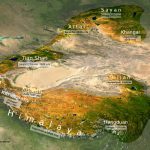
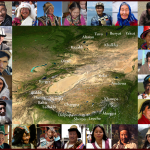
For further information:
- The world of Yak pastoralism
- Alpine ecosystem and protected areas in yak herding areas
- The bio-cultural diversity in yak herding regions of High Asia
- Short documentary: The last yak herder of Dhe (WWF Nepal)
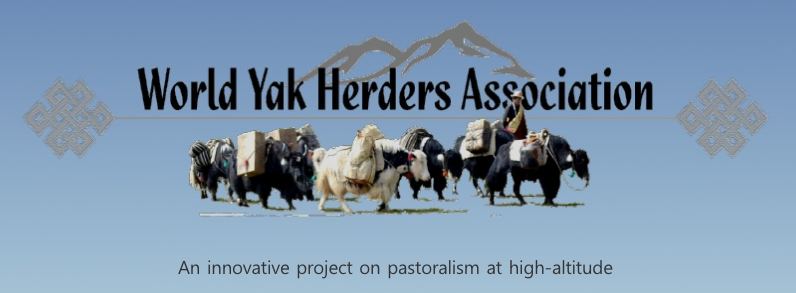
Mountain Protected Areas
Moreover, they are key to buffering the impacts of climate change and maintaining future options for development through water resource conservation and regulation, the preservation of biodiversity including genetic resources, and in many instances also the preservation of traditional knowledge and cultural diversity in mountain regions.
Sanjiangyuan National Nature Reserve
Plateau Perspectives has supported and collaborated with the Sanjiangyuan National Nature Reserve (SNNR) since it was established in 2000. From 2005, they have collaborated specifically on trialling and promoting “community co-management” as a new community-friendly and cost-effective approach to biodiversity conservation in the high grasslands and wetlands of the Tibetan Plateau.
“community co-management” as a new community-friendly and cost-effective approach to biodiversity conservation in the high grasslands and wetlands of the Tibetan Plateau.
Local Protected Areas (Community Conserved Areas) in the Yangtze River Headwaters
Plateau Perspectives was instrumental in establishing Local Protected Areas for Tibetan antelope, snow leopard, wild yak, Tibetan wild ass (kiang) and black-necked crane in the headwaters of the Yangtze River (in the Suojia district of Zhiduo County, Yushu Tibetan Autonomous Prefecture, Qinghai Province). It has been actively supporting Tibetan herding communities and the grassroots Upper Yangtze Organization since 1998.
Study tours to protected areas
Several studies have been conducted to a range of protected areas in China, Mongolia, Nepal and Canada. In 2010, Plateau Perspectives and Parks Canada co-hosted a study tour to a range of provincial and national parks in western Canada. Supported by the Government of Canada (through DFAIT) and other donors, this exchange visit allowed senior leadership, managers and field staff from SNNR to learn from Canada’s long experience of integrated development and conservation, wildlife research, the development of community tourism, and conservation awareness raising.
Yushu Earthquake, April 2010
Click the banner below to enter the Yushu Earthquake website:
Plateau Perspectives was requested by the government and foreign affairs office of Yushu prefecture to assist with medical relief after the earthquake. We set up a medical camp, recognised as one of the formal camps, and we staffed it with rotating medical teams – bringing international doctors from all over China. After the first advance team of 5 people including a paediatrician and a surgeon set up our camp and began to see patients, the second team came with experience of the Sichuan Earthquake. Then other teams followed along the same pattern. Our vehicles served as ambulances, with permission given to transfer patients to the army camp near the airport for evacuation. Donations came in and the camp ran until the government established tent hospitals and closed the peripheral medical camps. We had seen over 1100 people.
For more information…
- Yushu Earthquake Relief
- Yushu rebuilds its identity as tourism destination after quake (media)
- China’s Quake: Avoiding the Political Aftershocks (TIME Magazine)
- Canadian Changing the World in 2010 (The Globe & Mail)
Shuguang Community Development Center
Affiliated with the Sichuan Academy of Social Sciences, NGO Shuguang leaders Dr Han Wei and Dr Du Ling collaborated with Plateau Perspectives and Tibetan herding communities in Lari village and Dangqu village in Zhiduo County, Yushu Tibetan Autonomous Prefecture, Qinghai Province – bringing training in project design and management for local associations and cooperatives.
In September 2015, the NGO leaders also visited Lhatse to provide Participatory Rapid Appraisal (PRA) training to government staff. In April 2016, village leaders from Tibet visited Xiaojing village in Sichuan where the successes in village self-government, management of small-scale loans and community income generation initiatives were demonstrated.
As one of the Shuguang managers has aptly said, “Poverty is not just an economic issue. It is one of the public affairs of community. Poverty reduction will be more sustainable and effective when we build the community’s management capacity and then take collective actions to realize development.”
For more information…
D-Starine Projects
For many years, D-Starine provided tourism development support services mainly in Qinghai province, focused on Tibetan nomad communities with poor healthcare systems, limited education, and largely under-developed economies. D-Starine encourages its volunteers to serve people in these areas by organising expeditions. The NGO also promotes public interest and raises support through lectures and presentations at universities as well as through programs focused on inspiring people to join and contribute to service-oriented activities.
D-Starine raises funds separately for its programs to ensure that 100% of donations are used for programs, while overhead and operational costs are funded separately.
Video 1 (5 minutes) Video 2 (20 minutes)
Protection from human-wildlife conflict with brown bear (Longbao)
The main approach adopted by D-Starine to mitigate human-wildlife conflict with brown bears has been the purchase and distribution (and breeding) of pedigree shepherd dogs to provide to Tibetan herdsmen. Shepherding dogs typically increase pasturing efficiency and give birth to approximately six pups a year, which provides supplementary income for families that receive the dogs. If the family cannot find buys, D-Starine will repurchase the dogs to gift to other herdsman. Facebook.
Ecotourism and rafting on the plateau (Longbao, Qilian, Nyingchi)
D-Starine started to cooperate with Plateau Perspective in 2013 with the development of adventure and rafting tourism on the Tibetan plateau. These programmes are still being implemented and expanded:
- Regular training is being provided by the Shining Light & Sea Wind Rafting Club on the plateau, in Longbao County
- A worldwide rafting contest was held in Yushu in 2016.
- In 2016 D-Starine began cooperation with the New Land Club (a famous outdoors club in China) to establish a new ecological rafting club in the Qilian Mountains, with Tibetan rafting guides from the Yushu area train guides from the Qilian mountain region.
Snow leopard monitoring (Longbao, Qilian)
In Anchong village of Longbao district of Yushu county, villagers are often capturing photographs of snow leopard on their phones and submitting reports to D-Starine, confirming their presence and relative abundance in the region. D-Starine also is helping to confirm the presence of endangered wildlife including snow leopard in the forests and mountains of the Qilian mountain range. Through wildlife reconnaisance missions and trainings, D-Starine is thus helping herdsmen to serve as observers and wildlife rangers across the province.
Raptor protection / snowy owl monitoring (Longbao, Hulunbuir)
D-Starine equally is conducting wildlife missions with a focus on raptors (birds of prey), training herdsmen to monitor raptor populations and to serve as rangers. A participatory study of the lammergeyer (bearded vulture) is underway in Longbao district. The snowy owl, prairie vultures and several raptors and seasonal birds are investigated in the Hulunbeir region of Inner Mongolia.
Grassland fencing (Qinghai Lake area)
In June and July 2016, D-Starine launched a scientific study around Qinghai Lake, on horseback, with 38 people involved. This exploratory research covered the ecological impact of fencing and the relationship between people and snow leopard habitat. The popularisation of science and environmental education for teenagers also were advanced through this work. Two Tongji University professors provided overall guidance for project development, along with Gongbo Tashi (Plateau Perspectives) and Du Fachun (Yunnan University).
Community Health
The village clinics were built with support from Plateau Perspectives, with co-funding from county health bureaus. Jiongqu village was the first community to request assistance, and together with local government they put forth a sound argument for the need of such construction and basic equipment (beyond the health training already provided). Their primary aim was to establish good quality health facilities that were more easily accessible to the remote community, whose members could not at that time easily travel the long distance (over 200 km) to the county town. It also aimed to be a centre from which acute care services could be provided, and through which the government could make health insurance available for the rural Tibetan community. The administration of immunization programs also would be facilitated through construction of such a village clinic. After its construction, Jiongqu clinic was staffed by a Plateau Perspectives trainee and clinic governance lay with a village committee working together with the county health bureau. Overall, this clinic proved very successful. Following a similar model, other health centres also were built in the Sanjiangyuan region as requests were received from local herding communities and their situations confirmed by health bureau partners. In total, 9 village clinics were built (co-funded) by Plateau Perspectives in the Sanjiangyuan region, along with provision of furniture and equipment for two other clinics.
Veterinarian Training
At grassroots level, many leaders have expressed the need for veterinary clinicians to be able to diagnose, treat and help control local diseases, beyond the scope of the skills of government Animal Health Workers (AHW). There also is need for AHWs to be able to inform and educate local herders about good animal husbandry practices. The first training targeted AHWs at the district level, as they are the key mediators between the Animal Health Bureau and village level AHWs. The purpose was to upgrade knowledge, skills and equipment. The training was then followed by two additional short courses directed towards village-level specialists. All the participants were provided with a veterinary box full of medicines and equipment, giving continuity to the training as they return to their villages/nomad camps to perform their work and to strengthen their skills and knowledge. Much was learned in each training and the county Animal Health Bureau was pleased with what was accomplished.
Other Relief Work
Plateau Perspectives has responded to such emergency situations when snowstorms caused great losses of livestock and brought extreme suffering and hardships – in 1998, 2000 and 2008. With financial support from the governments of Sweden and Hong Kong, Plateau Perspectives arranged for the delivery of over 500 tonnes of emergency supplies including food, clothing and medicines to 18 districts in Dari and Gande counties in Guoluo Tibetan Autonomous Prefecture. More recently, relief supplies were distributed in both Yushu and Zhiduo counties, including food and fuel (coal) as well as finances to purchase yak and re-distribute them to poor families who had lost most or all of their livestock. The latter emergency relief trip was undertaken in partnership with the disaster response section of the provincial Civil Affairs Bureau.
By far the most devastating disaster, however, was the major 7.9 magnitude earthquake that collapsed Yushu on April 14, 2010. In response to the earthquake, Plateau Perspectives rapidly embarked on a program of work that included the establishment and operation of a medical camp in Yushu that treated more than 1,200 patients, delivery of nearly two dozen trucks of emergency relief supplies, and a longer-term response focused on the development of rehabilitation services in the prefecture and on rebuilding livelihoods with training and capacity building in community- based ecotourism development.
Study Tours Around the World
After each tour, the participants have returned with increased enthusiasm and have taken on new ideas to implement. It was after one study tour to Mongolia, that the nomads back with hope that they could actually carry out the ecotours, that they could participate in meetings with policy makers and academics, after visiting Parks Canada, new projects and research were begun together with the Forestry Bureau and Nature Reserve.
Annapurna Conservation Areas & Chitwan National Park, Nepal
December 2012. A visit to Nepal focused on learning about its experiences in development of community-based tourism, with special reference to protected areas and tourism. Many projects were introduced to the team through visits to government offices, NGOs and donor partners in Kathmandu. This was followed by travel and field visits to small towns that have been transformed (positively) by regional tourism development, several homestays, a number of successful entreprises including the Three Sisters Trekking Company, and visits in the Annapurna Conservation Area and Chitwan National Park. Lessons in tourism planning, park management and community development have been taken back by study tour participants.
For more information…
- Great Himalayan Trail
- Three Sisters Trekking
- TRC Tourism
- Annapurna Conservation Area
- Project description and feedback
Sichuan and Yunnan provinces, China
November 2011. A dozen people from Kegawa Herders Cooperative, Yushu Tourism Bureau, Agriculture College of Tibet University and representatives from local associations in Linzhi Prefecture joined for a 10-day trip through Sichuan and Yunnan provinces. They learned from Shuguang Community Development Centre about the establishment and operation of community trust funds, small loans, herders cooperatives and business development approaches. Much discussion was also had on current environmental issues, cultural matters in light of rapid development, and the increasing socioeconomic role being played by tourism in the region.
For more information…
- Meili Snow Mountain NP
Destination Røros & Northern Norway
October 2011. A focused study tour to Norway that included specialist meetings in the capital Oslo, a field visit to Røros where a model ‘destination tourism’ approach is gaining global recognition, and field visits and meetings with indigenous leaders in Alta and Kautokeino in the far north. The main focus of this tour was to learn about experiences in the development of sustainable tourism and about co-management between Sami communities (including reindeer herding communities) and government – the latter with particular attention on land use rights, business development, and the provision of educational services including distance learning opportunities. At the end of the trip, a special seminar about sustainable development and Plateau Perspectives’ work in the Tibetan region also was presented at the Peace Research Institute Oslo (PRIO).
For more information…
- Destination Roros
- Reindeer research centre
- Open presentation at PRIO
Northern Thailand
February 2011. A one-week visit to northern Thailand, with Plateau Perspectives staff members and Kegawa Herders Cooperative founding manager, to learn about potential avenues for tourism development including family home stays, handicraft development, community businesses, environmental education and outreach, and adventure tourism.
For more information…
National Parks in Western Canada
September 2010. A two-week study tour co-hosted by Plateau Perspectives and Parks Canada for senior protected area managers, government officials and community representatives, focused on opportunities and challenges in mountain national parks and their surrounding areas in Alberta and British Columbia. Visiting park managers and other stakeholders from Waterton National Park on the Canada-USA border to Banff and Yoho National Parks in the Rocky Mountains and Pacific Rim National Park Reserve on the Pacific coast, as well as visits to research institutes and several First Nations communities – this study tour allowed participants to learn more about Canada’s experience in integration of national parks and local communities’ needs and interests, about protected area management and wildlife research, and also about community development including tourism.
For more information…
- Parks Canada
- Project description and participants’ feedback
- Aboriginal People’s & Canada’s Parks and Protected Areas (with 25 case studies)
Xishuangbanna National Park, China
December 2008. Study tour to national parks in Yunnan and Sichuan provinces in southwest China, with special focus on Xishuangbanna – China’s first nature reserve. Participants from Sanjiangyuan National Nature Reserve learned about the value of establishing a solid research program with the aim to guide wildlife management decisions and long-range protected area planning, along with the role that can be played by responsible tourism with potential benefits in education as well as sustainable financing of people and parks.
For more information…
- Xishuangbanna NP
- Meili Snow Mountain NP
South Gobi Gurvan-Saikhan National Park, Mongolia
September 2008. A 10-day study tour to Mongolia, with the assistance of People Centred Conservation (PCC) Mongolia, a non-profit organization that supports innovative community-centred development initiatives. Topics included establishment of local community cooperatives, people-park relations, and the effects of rapid urbanization. A major outcome of this study tour was the subsequent development and launch of the Kegawa Herders Cooperative in Yushu Tibetan Autonomous Prefecture in 2010.
For more information…
- South Gobi National Park
- PCC Mongolia
- People Centered Conservation and Poverty Reduction in Mongolia
- Evaluating the effectiveness of community-based conservation in Mongolia’s Gobi Desert
Conflict with Brown Bears
Due to increasing conflict with brown bears, Plateau Perspectives began to work in the field of human-wildlife conflict mitigation in 2009. Around that time, bears began to break into winter homes in search of food and they caused considerable damage to property. On occasion they also have harmed people, and in a couple instances this has been fatal. To reduce such conflict, Plateau Perspectives introduced and trialled solar powered electric fences to protect herders’ winter homes. Over a dozen community members in Duocai, Zhahe and Suojia districts have installed and used these systems – with primarily positive outcomes. Human factors such as a lack of adequate training have caused some malfunction, but overall it is generally accepted that the technology is suitable for the situation and could be beneficially promoted. Nature reserve management authorities equally have further extended the use of the electric fence systems, with expertise and staff time provided by Plateau Perspectives.
Documents:
Our First Project: Village Tent Schools
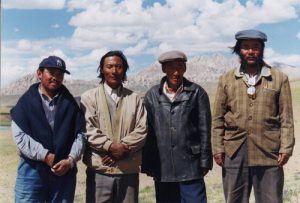 Early on in our engagement with herding communities in Zhiduo county, the need for education was considered a strong priority by local community members. Plateau Perspectives and the NGO Upper Yangtse Organization jointly encouraged and supported two communities, Muqu and Yaqu, to establish village schools. These were set up initially as ‘tent schools’, which were moved several times in their first years of existence as community members discussed and debated their needs and aspirations as well as opportunities and challenges. A few years later, the schools were settled into permanent sites, the tents replaced with buildings. It was a very exciting day when, around 10 years after their initial launch, we met a young man in Xining (the provincial capital) who had just arrived to study at university – one of the first graduates of the Muqu tent school, from so many years ago in the grasslands!
Early on in our engagement with herding communities in Zhiduo county, the need for education was considered a strong priority by local community members. Plateau Perspectives and the NGO Upper Yangtse Organization jointly encouraged and supported two communities, Muqu and Yaqu, to establish village schools. These were set up initially as ‘tent schools’, which were moved several times in their first years of existence as community members discussed and debated their needs and aspirations as well as opportunities and challenges. A few years later, the schools were settled into permanent sites, the tents replaced with buildings. It was a very exciting day when, around 10 years after their initial launch, we met a young man in Xining (the provincial capital) who had just arrived to study at university – one of the first graduates of the Muqu tent school, from so many years ago in the grasslands!
The village tent schools were initially run by the herding communities themselves, but later also with government support. For several years Plateau Perspectives also ran a fundraising project known as ‘Yak to School’ – through which funds were successfully raised to purchase yak that helped support the school through expansion of the school yak herd, which helped to provide for the needs of the children.
- Yak2School (brochure)
Academic Partners, 2005-2014
Qinghai Normal University
Plateau Perspectives partnered with Qinghai Normal University for many years. From the joint organization and co-hosting of international academic exchanges and workshops to running a special seminar series, introducing and facilitating international research collaborations, and placing selected language and research students at the university, Plateau Perspectives continuously has sought to promote further development of post-graduate education in Qinghai province. Specialist workshops included dialogue on pastoralism, grassland management, tourism development and community cooperatives – all in collaboration with the University’s School of Geography & Life Sciences.
Special seminars have been given by Dr John Hodges on How globalization affects livestock-keepers and their animals (November 2010), Dr Peter Foggin on The Canadian experience of settlement and relocation in the Far North (May 2011), and Dr Robert Pelant on The Roles of Animals in Sustainable Development: Opportunities, Strategies, and Challenges (June 2011). Plateau Perspectives also was instrumental in introducing and facilitating provincial approval for the NSF-funded research project Determinants of Grassland Dynamics in Tibetan Highlands in Qinghai Province.
Qinghai University
From 2009 to 2013, Plateau Perspectives associate John Friberg taught civil engineering, participated in departmental seminars and carried out applied research at Qinghai University. His research focused on the design and trialling of suspension trail bridges to increase access in remote regions of the Tibetan plateau. His work was based on models developed in the Nepali context.
Agriculture College of Tibet University
At the Agriculture College of Tibet University, Plateau Perspectives director Marc Foggin presented a 2-week special lecture series in December 2011, on conservation and protected area management – with a focus on lessons learned from Qinghai Province, China, and from Canada. This high level exchange visit was part of a national Chinese project on conservation and collaborative management that sought to promote international exchange and cooperation in Tibet Autonomous Region.
Qinghai Academy of Social Sciences
An international symposium on the Human Dimensions of Ecological Conservation in the Tibetan Plateau region was held in Xining on 21-26 August 2011. The meeting was sponsored and hosted by the Propaganda Department (Public Relations) of the CPC Qinghai Provincial Committee and by the Qinghai Academy of Social Sciences, with additional support from Plateau Perspectives’ Xining Representative Office.
Northwest Plateau Institute of Biology, Chinese Academy of Sciences
Professor Li Laixing is an ornithologist who has been researching potential pathways for avian flu transmission through a study of the distribution of bird colonies (nesting sites) and migratory patterns, centred on Qinghai Lake and other wetland areas of the Tibetan Plateau. In 2007, Plateau Perspectives staff joined him for field investigations in Hainan and Guoluo prefectures, including the upper reaches of the Yellow River.
kora | High performance yak wool clothing
Kora produces high performance outdoors clothing with yak wool purchased directly from herders. The goal of this entreprise is to help the people and the ecology of the Himalayas and Tibetan plateau to thrive. By sourcing from nomadic herders, kora helps them to adapt to change while maintaining their culture, knowledge and traditions.
Largely dependent on the yak, two main options are available to Tibetan herders to enhance socioeconomic development: diversifying their livelihoods, and adding value to locally available products. Building on the latter, the Kegawa Herders Cooperative has partnered with kora since 2012 to raise levels of financial return on yak wool. They now sell a previously undervalued product – fine yak wool – directly to a specialist garment producer (kora), shortening the value chain.
The local community and kora are thus contributing to the development of ‘ecological animal husbandry’ – focusing on the high grassland area’s primary resources (pasture and livestock) and ensuring that resource governance and management practices are sustainable. This mutually beneficial partnership is run on fair trade principles. It also is consistent with the development plans of local government.
For more information…
- The kora story (kora website)
- kora: adventure wear inspired by yaks (article)
- Yaks for the High Life (World Yak Herders Association) (website)
- The Yak (book by the UN Food & Agriculture Organisation)
Langduo Tibet Clinic
Built in 2014, this community health centre is situated in Nyingchi Prefecture on the shore of the Yarlung Tsangpo River. Not far from Langduo village, this mighty river enters the Grand Canyon of Tibet – more than twice as deep as the Grand Canyon in the USA – and carves through the Himalayas, dropping from the Tibetan plateau down into the tropical zones of South Asia where it is better known as the Brahmaputra River. The great landscapes of eastern Tibet are amongst the most extraordinary in the world, exhibiting rich natural and cultural heritages.
Health care in this region, however, remains extremely poor. The construction of Langduo village clinic, with its good facilities and equipment and with additional training planned for the clinic doctors, is now contributing to enhanced community wellbeing. Most funds for this clinic were collected in memory of Mrs Jane M Torrance – first wife of Rev Prof Alan Torrance, chairman of Plateau Perspectives Scotland. This medical centre is now known and appreciated by the community as the Langduo Village ‘Jane Torrance Memorial’ Clinic.
Namche Barwa Mountain
- Namche Barwa (Wikipedia)
- Namche Barwa Mountain (Views of the Earth)
- Namche Barwa: The most beautiful snow-capped mountain in China (travel guide)
Yarlung Tsangpo Grand Canyon
- Yarlung Tsangpo Grand Canyon (Wikipedia)
- Tibet Grand Canyon Fly-Through (YouTube)
- Liquid Thunder (article about ‘Outside’ Tsangpo Expedition)
- Into the Tsangpo Gorge (adventure documentary by Scott Lindgren)
- The wonders of the Yarlung Tsangpo Grand Canyon (CCTV News video)
- Yarlung Tsangpo: The Everest of Rivers (NASA Earth Observatory; good links)
- World’s largest hydropower project planned for Tibetan Plateau (China Dialogue)
Community Ecotourism
All forms of tourism are expanding rapidly in China and surrounding regions. Yet many of the potential benefits for local communities may leak away from the regions, benefiting only distant, external tour operators and affiliated companies. The development of tourism in mountain regions should follow more sustainable and equitable approaches, adopting a ‘tourism for development’ perspective rather than focusing on number of visitor or financial profits alone.
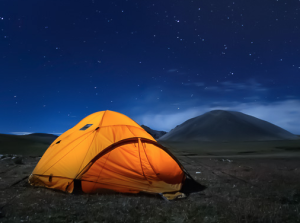 Helping local communities to draft business plans, offering opportunities for training in the tourism services sector and promoting new avenues to market local mountain products and experiences (e.g. destination marketing) are just a few of the approaches that will help community-based ecotourism to develop and bring socioeconomic benefit to areas such as the Tibetan Plateau.
Helping local communities to draft business plans, offering opportunities for training in the tourism services sector and promoting new avenues to market local mountain products and experiences (e.g. destination marketing) are just a few of the approaches that will help community-based ecotourism to develop and bring socioeconomic benefit to areas such as the Tibetan Plateau.
Plateau Perspectives has led a number of study tours to help support the development of community-friendly tourism, with participants ranging from community representatives and social entreprises to nature reserve managers, government leaders and NGO partners – including the Cailunduo Mountain Resort (in Huzhu Beishan Forest Park), Sanjiangyuan National Nature Reserve, and D-Starine.
Adventure tourism including white water river rafting is being developed in Yushu Tibetan Autonomous Prefecture, through D-Starine in partnership with Plateau Perspectives, supported by the Tourism Bureau. Practical trainings for local Tibetan guides in rafting (and swimming!), camping, cooking and first aid have been provided. The first international river rafting festival was held in Yushu in 2015. Traditional cultural activities also are being revived and promoted, including the art of kite flying and archery.
In addition to Plateau Perspectives’ core work in the Sanjiangyuan region, it also has supported the development of community tourism with guidance provided for the launch of a village tourism cooperative, including homestays and rafting excursions, in Gongbo Gyamda County, Tibet Autonomous Region. In partnership with D-Starine, homestay opportunities also are being explored near Longbao wetlands and nature reserve (in Sanjiangyuan) and in the Qilian Mountains in northern Qinghai Province.
Finally, since 2015 Jesse Montes (PP Bhutan) has actively engaged in ecotourism research. During an 18-month research project (2015-2016), in collaboration with the Royal Thimphu College (RTC), Sikkim University and Kathmandu University, they explored the sustainability of ecotourism ventures in the southeast Himalayan region through funding from the Himalayan University Consortium. In 2017-2018 Jesse Montes and a team of students from the RTC further explored social and human-environment impacts from the sector, with funding from the RTC Research Development Grant. The larger aim of this research is to build student capacities and to produce ecotourism policy recommendations, with the overarching goals to support sustainable development and to successfully promote poverty reduction, environmental conservation and the protection of cultural identity.
For more information…
- The International Ecotourism Society
- Yushu International Ecotourism Workshop 2010
- The Great Himalayan Trail
- Qinghai Ecotourism
Post-Earthquake Rehabilitation
Plateau Perspectives’ response consisted both of building and equipping a rehabilitation centre in Longbao – at the epicentre of the earthquake – and capacity development for professional staff and for village-based home carers. Training was provided by Plateau Perspectives therapists and medical staff to doctors and staff of the disability association in Zhiduo and Longbao. Two hundred patients were assessed and assisted as part of this rehabilitation training, including provision of over 220 wheelchairs, 121 pairs of crutches, 50 walking sticks, more than 50 adapted toilets and various other walking aids according to patients’ needs. In Longbao, there is now a well-equipped rehab centre with a physiotherapy assessment and treatment room, occupational therapy treatment room, doctor’s office, and store room for rehab aid equipment. Representatives from each village in the target area also came for training, with plans to provide support in their villages directly in patients’ homes. The best of these village trainees and of personnel from the disability association and township clinic were also given further training in order to provide a higher level of expertise in the centre itself. At the prefecture level, the Disability Association invited Plateau Perspectives to train rehabilitation workers from across the prefecture. Furniture and appropriate equipment for the rehabilitation training centre built by the government were provided, and therapists delivered a series of courses over several days for the centre’s specialist staff.
Revolving Development Fund
A community association was established and work committees were developed. With the guidance and support from Prof Du and other colleagues from the Sichuan NGO Shuguang Community Capacity Building Center, the herding community also developed management structures and by-laws that outlined how loans would be assessed, approved, monitored and repaid. The first several years have been so successful – with all of the small loans repaid within agreed timeframes – that the model now is also being replicated in Dangqu village.
Kegawa Herders Cooperative
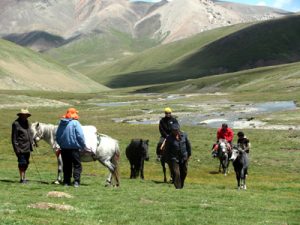 Following several years of close collaboration with Tibetan grassroots organizations in the Yangtze River headwaters, the need for effective community structures that could foster and enable the development of local enterprises became evident. This was further highlighted by successes observed in 2008 in South Gobi (Omnogov), Mongolia, where community groups in grassland areas had recently been organized and strengthened, with excellent socioeconomic effect as well as improved social cohesion and enhanced sense of cultural identity.
Following several years of close collaboration with Tibetan grassroots organizations in the Yangtze River headwaters, the need for effective community structures that could foster and enable the development of local enterprises became evident. This was further highlighted by successes observed in 2008 in South Gobi (Omnogov), Mongolia, where community groups in grassland areas had recently been organized and strengthened, with excellent socioeconomic effect as well as improved social cohesion and enhanced sense of cultural identity.
The Cooperative was established by herders in the Yushu area to produce and sell livestock products, to help provide employment, and to generate income for local community members in ecologically sound ways. It seeks to fill the notable gap between state level programs and individual (household) management of grassland resources – returning to more community-oriented governance mechanisms, yet still maintaining individual commitment and benefit as community members are both investors and company shareholders. With its officials elected and important topics discussed at annual general meetings, this model of resource governance and asset management is a truly bottom-up, collaborative approach to rural development. The members also have chosen to share coop dividends annually amongst themselves, proportional to each person’s investment, but only after a first tranche was set aside for a social fund and another tranche used to reinvest in or strengthen the core fund.
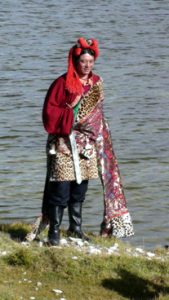 Following market research, the coop members have chosen to focus primarily on the development of ‘ecological’ livestock products (meaning that their pastoral practices should be demonstrably sustainable), on value-add products such as handicrafts, and on community-based ecotourism. A shop and a library have been established in the nearby county town, Zhiduo, to increase members’ access to affordable assets and information. Special trainings also have been delivered to support the development of handicrafts, sewing, computer skills, business management, and trade languages.
Following market research, the coop members have chosen to focus primarily on the development of ‘ecological’ livestock products (meaning that their pastoral practices should be demonstrably sustainable), on value-add products such as handicrafts, and on community-based ecotourism. A shop and a library have been established in the nearby county town, Zhiduo, to increase members’ access to affordable assets and information. Special trainings also have been delivered to support the development of handicrafts, sewing, computer skills, business management, and trade languages.
In addition, grassland environmental monitoring has been instituted by the Kegawa Herders Cooperative to ensure that chosen approaches are ecologically sound. It is not only livestock grazing practices, however, that may impact grassland condition; and it is increasingly evident that climate change is affecting plant phenologies and glaciers – with flowers appearing earlier in the season and rising snowlines being noted by the community environmental monitors.
The cooperative also has other working groups that cover topics including wildlife monitoring, education/awareness, ecological husbandry (livestock management), handicrafts development, specialist trainings, and garbage collection.
Community Co-management
Local herders have been protecting wildlife including snow leopard, Tibetan wild ass (kiang), Tibetan antelope and black-necked cranes in the Yangtze River headwaters through community conserved areas formally established in 1998. These protected areas initially were recognized by the district government, and subsequently also by the Sanjiangyuan Nature Reserve managed under the Qinghai Forestry Department. The grassroots NGO Upper Yangtze Organization also was established in 1998, and has been instrumental in the development of community-based conservation and development in the region since that time.
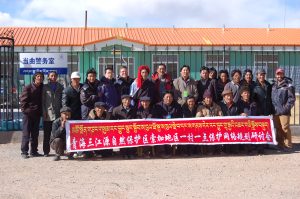 Working in partnership with nature reserve management authorities since 2005, Plateau Perspectives has supported the development and trialling of community co-management. Community members and staff of the nature reserve’s Suojia field station embarked together on the first co-management trial in the region in 2009, jointly focusing their attention on monitoring snow leopard with the use of camera traps, in snow leopard habitat around 5000 metres above sea level. This collaborative work yielded some of the first snow leopard photos in the region.
Working in partnership with nature reserve management authorities since 2005, Plateau Perspectives has supported the development and trialling of community co-management. Community members and staff of the nature reserve’s Suojia field station embarked together on the first co-management trial in the region in 2009, jointly focusing their attention on monitoring snow leopard with the use of camera traps, in snow leopard habitat around 5000 metres above sea level. This collaborative work yielded some of the first snow leopard photos in the region.
Community co-management approaches are now mainstreamed in Qinghai province, through projects such as the UNDP/GEF-supported ‘Strengthening the effectiveness of the protected area system‘ project implemented by the Qinghai Forestry Department.
Publications:
- Managing Shared Natural Heritages: Towards more participatory models of Protected Area management in western China (Foggin 2014)
- Pastoralists and wildlife conservation in western China: collaborative management with protected areas on the Tibetan Plateau (Foggin 2012)
- How can social and environmental services be provided for mobile Tibetan herders? Collaborative examples from Qinghai Province, China (Foggin & Torrance-Foggin 2011)
- Local Communities and Conservation on the Tibetan Plateau: Two case studies of collaborative management in the Sanjiangyuan region (Foggin 2011)
- Promoting biodiversity conservation and community development in the Sanjiangyuan region; proceedings of a conservation planning meeting (also in Chinese)
Snow Leopard Conservation
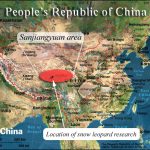 Plateau Perspectives has contributed most significantly to regional biodiversity conservation through its project activities aimed at empowering local Tibetan herders to participate more fully and effectively in wildlife conservation initiatives. This empowerment has been advanced most beneficially by encouraging nature reserve authorities to adopt more community-friendly approaches to natural resource management and wildlife conservation. As co-managers of the environment, community members have participated in snow leopard research (monitoring), raising awareness in schools and at community festivals, and reducing illegal poaching through regular patrols of key habitats. Plateau Perspectives has organized joint conservation planning workshops, provided training in monitoring techniques, hosted strategic study tours (in China and abroad) for community members and nature reserve field staff and leaders, and conducted participatory snow leopard monitoring with camera traps.
Plateau Perspectives has contributed most significantly to regional biodiversity conservation through its project activities aimed at empowering local Tibetan herders to participate more fully and effectively in wildlife conservation initiatives. This empowerment has been advanced most beneficially by encouraging nature reserve authorities to adopt more community-friendly approaches to natural resource management and wildlife conservation. As co-managers of the environment, community members have participated in snow leopard research (monitoring), raising awareness in schools and at community festivals, and reducing illegal poaching through regular patrols of key habitats. Plateau Perspectives has organized joint conservation planning workshops, provided training in monitoring techniques, hosted strategic study tours (in China and abroad) for community members and nature reserve field staff and leaders, and conducted participatory snow leopard monitoring with camera traps.
Camera traps were used for snow leopard monitoring in 2009-10, which identified the Yekjengo (Wild Yak White Stone) Mountains and the surrounding ranges as high quality snow habitat in the central Tibetan Plateau region – containing amongst the highest snow leopard density in the world, with 9 individuals identified in a mountain area covering only ~150 km2. This experiment of community participation in wildlife research and conservation constituted some of the basic rationale for advancing and for regional up-scaling of community co-management in protected areas, through the UNDP/GEF project ‘Strengthening the effectiveness of the protected area system in Qinghai province, China to conserve globally important biodiversity.’
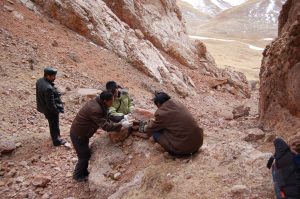 While other NGOs have developed more extensive programs of research and monitoring, Plateau Perspectives continues to develop the human dimensions of protecting the extraordinary landscapes where snow leopard are present. Mechanisms that promote
While other NGOs have developed more extensive programs of research and monitoring, Plateau Perspectives continues to develop the human dimensions of protecting the extraordinary landscapes where snow leopard are present. Mechanisms that promote integrated sustainable development, such as herders cooperatives and community associations, simultaneously promote long-term socioeconomic and environmental aims. Community-based organizational tools and structures could be well suited to receive and manage, efficiently and transparently, national eco-compensation fund transfers. Their development and strengthening could thus promote snow leopard conservation (and sustainable management of other environmental resources) while simultaneously achieving other development goals and aspiration of the local communities.
integrated sustainable development, such as herders cooperatives and community associations, simultaneously promote long-term socioeconomic and environmental aims. Community-based organizational tools and structures could be well suited to receive and manage, efficiently and transparently, national eco-compensation fund transfers. Their development and strengthening could thus promote snow leopard conservation (and sustainable management of other environmental resources) while simultaneously achieving other development goals and aspiration of the local communities.
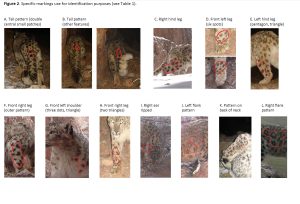
Photos from snow leopard surveys in Yushu Tibetan Autonomous Prefecture, Qinghai Province, China:
For more information…
- Global Snow Leopard & Ecosystem Protection Program (GSLEP)
- Plateau Perspectives field report: Snow Leopard survey in Suojia, 2009-10
- Hunters become conservationists in the Fight to Protect the Snow Leopard
- Advancing biodiversity conservation and community development in Qinghai Province, China
- UNDP/GEF Project: Strengthening the effectiveness of the protected area system in Qinghai Province, China to conserve globally important biodiversity
- Pastoralists and wildlife conservation in western China: collaborative management within protected areas on the Tibetan Plateau
- Engaging Students in Conservation: Protecting the Endangered Snow Leopard (Grades 5-8)
Citizen Science
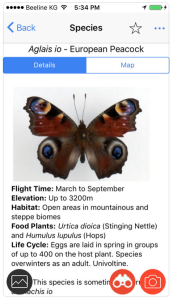 Field work for the first field guide was conducted in the Ala Archa National Park, situated in the western Tianshan Mountains. The field guide includes original photographs, general descriptions and distribution maps, and it also allows users to submit new observations as part of a citizen science initiative. Join us now in creating an online community actively engaged in learning more about and promoting our appreciation of Kyrgyzstan’s extraordinary natural treasures. Special thanks to Amadeus DeKastle for concept design, field work, and overall development of this first app – and also to our colleagues at !nkubasia for turning concept into reality!
Field work for the first field guide was conducted in the Ala Archa National Park, situated in the western Tianshan Mountains. The field guide includes original photographs, general descriptions and distribution maps, and it also allows users to submit new observations as part of a citizen science initiative. Join us now in creating an online community actively engaged in learning more about and promoting our appreciation of Kyrgyzstan’s extraordinary natural treasures. Special thanks to Amadeus DeKastle for concept design, field work, and overall development of this first app – and also to our colleagues at !nkubasia for turning concept into reality!
Amadeus DeKastle has authored the field report Butterflies of the Suusamyr Valley and co-authored the expedition report entitled Mountain ghosts: protecting snow leopards and other animals of the Tien Shan mountains of Kyrgyzstan.
A selection of the extraordinary butterflies observed in Ala Archa National Park are portrayed below:
Future apps should include citizen science-enabled field guides on the mammals and birds of Kyrgyzstan and also from the Tibetan Plateau region.
See the Lapis Guides website for more information.
Additionally, see…
- Mountains of Central Asia (CEPF site)
- Why the Central Asian mountains matter (Mountain Partnership)
- Central Asia Atlas of Natural Resources (Asia Development Bank)
- Biodiversity in Central Asia: A visual synthesis (Zoi Environment Network)
- Biodiversity Hotspots of the World (Conservation International)
Bee-keeping in Bhutan
Plateau Perspectives is currently in dialogue with RTC, under its Environmental Department, to advance this and other conservation and community development projects in the future. Agreement is reached in principle, with plans to collaborate through knowledge exchange and sharing of their respective experience in sustainable development in the greater Himalayan region.
Plateau Perspectives’ associate Jesse Montes has been lecturing in Environmental Management at the RTC since 2014, and previously worked with the China field team in development of community ecotourism in the Tibetan plateau region.
Bees at RTC
For more information…
Village Doctor Training
Under its ‘Yangtze River Headwaters Sustainable Development Project’ (2003-2008), Plateau Perspectives worked closely with the Zhiduo Health Bureau and with the NGO Upper Yangtze Organization to improve health services in the region. Over the years, neighbouring counties also requested assistance. Altogether, Plateau Perspectives has trained more than 70 doctors in Zhiduo, Zaduo and Qumalai counties and over 25 women’s health workers in Zhiduo and Zaduo counties. The content of these courses was initially informed by the findings from a household health survey conducted in 2002 in a remote pastoralist region in Zhiduo county. With funding from the Social Sciences and Humanities Council of Canada (SSHRCC), the survey results were published in 2006 in the peer-reviewed journal Social Science and Medicine. Over subsequent years, Plateau Perspectives’ understanding of the socioeconomic, cultural and environmental situations affecting communities’ health status, especially maternal and child health, has been further enhanced – either confirmed or expanded – with focus group discussions, key informant interviews and participant observation over several years.
Following training, many local patients also were subsequently recognized/diagnosed by the village doctors with tuberculosis – and referred, and treated by the Centre for Disease Control (CDC). Working in collaboration with the CDC, some of the village doctors also were given training to assist in carrying out immunization programs.
Growing Quinoa in Tibet
For several years, crop breeding specialist (and Plateau Perspectives’ China director) Prof Gongbo Tashi has been carrying out agricultural experiments with Quinoa, a grain crop grown primarily for its edible seeds. Over 260 households and 300 farmers have received training in a farmer field school, and at least 37 varieties of quinoa have been tested in arid lands in Lhatse county. With co-financing from the provincial government and from the Canada Fund for Local Initiatives, and working in collaboration with Tibet University’s Agriculture Department, 183 hectares are planted in a study design aiming to determine optimal quinoa varieties and growing conditions. Product development for food markets also is now underway with several national companies.
Participatory Rural Appraisal (PRA) training for development also has been provided for government staff from the agriculture, animal husbandry, poverty alleviation, and environment and forestry departments, as well as leaders of several government offices and the heads of six districts (townships) in Lhatse county. The main purpose of such training is to help staff improve their capacities in poverty alleviation work and to gain a better understanding about sustainable development – in line with the central government’s new strategy for carrying out more effective ‘targeted poverty alleviation.’
Supported by Plateau Perspectives since 2008, this agricultural development work was further introduced in a China Daily article, Supergrain quinoa thrives on plateau, published on 8 September 2015:
For more information…
- How to Grow Quinoa – Care, Types, and Growing Tips (Jen Reviews)
- BBC Good Food: Health benefits of quinoa (BBC Good Food)
- 27 Surprising Health Benefits… (Cooking Detective)
- UN Year of Quinoa – 2013
